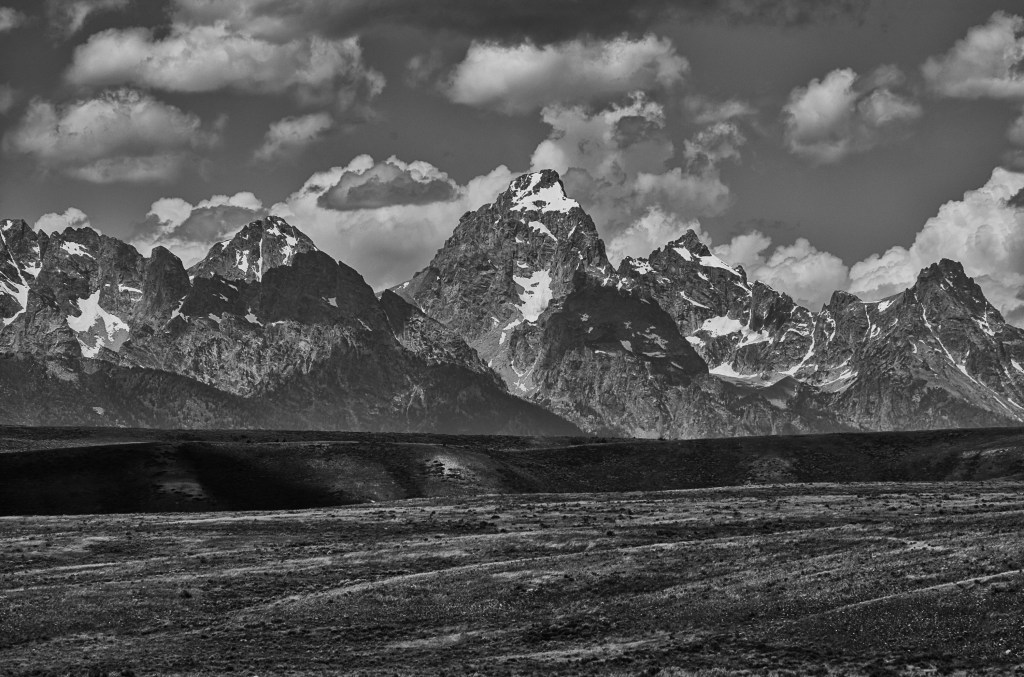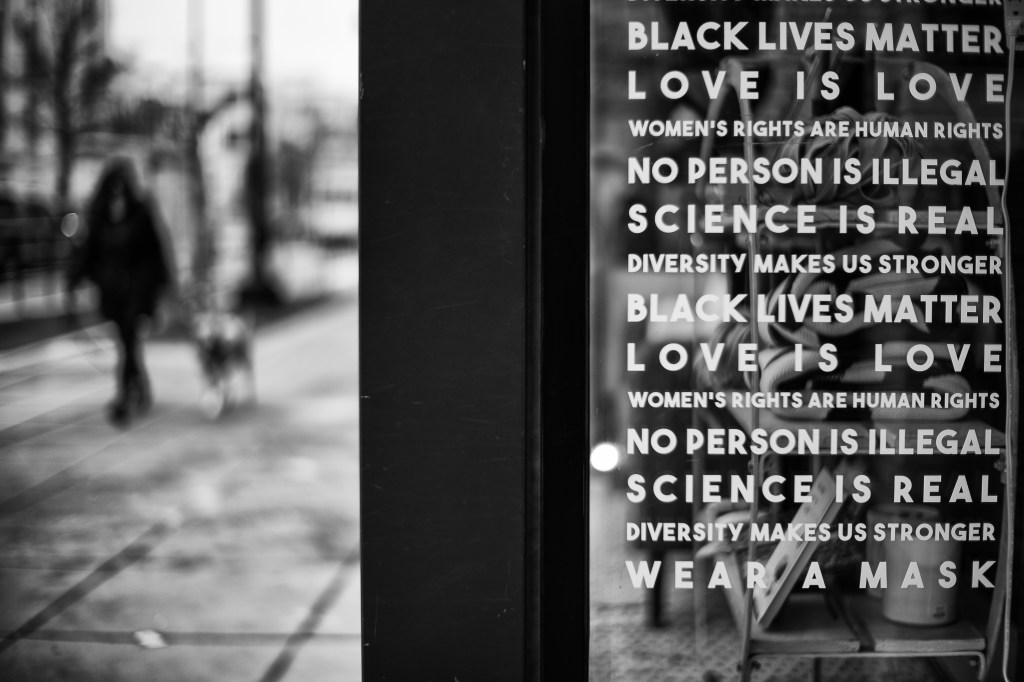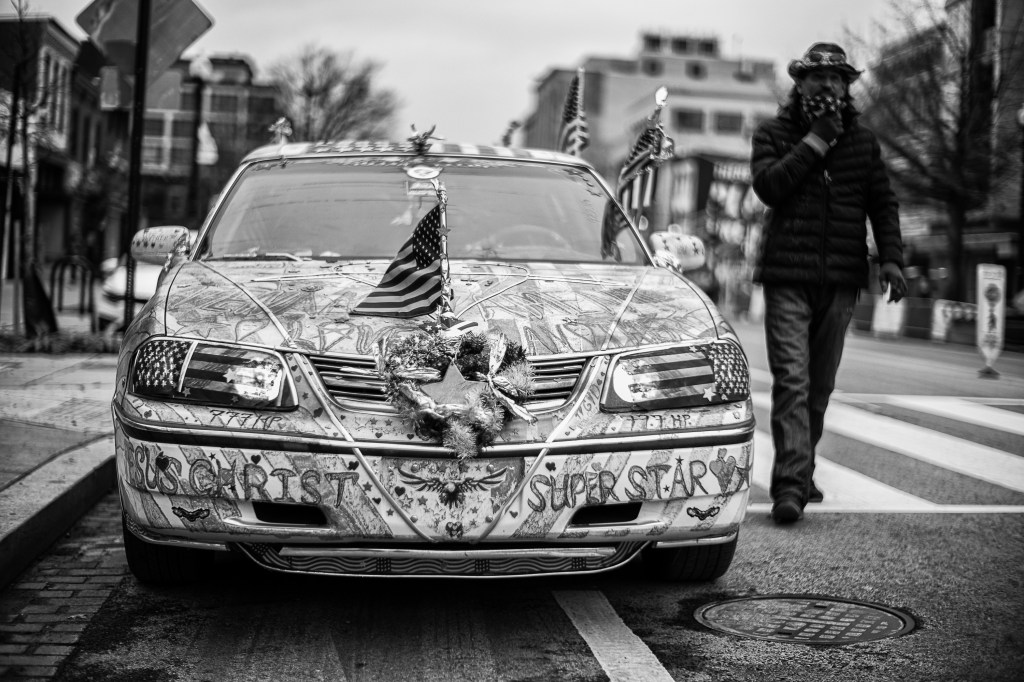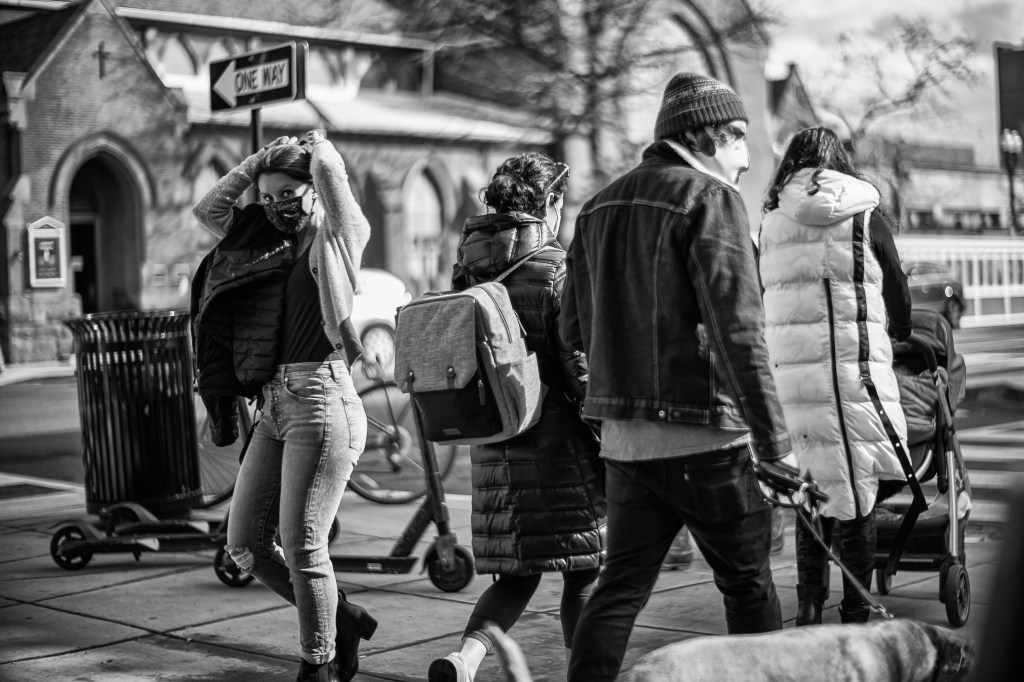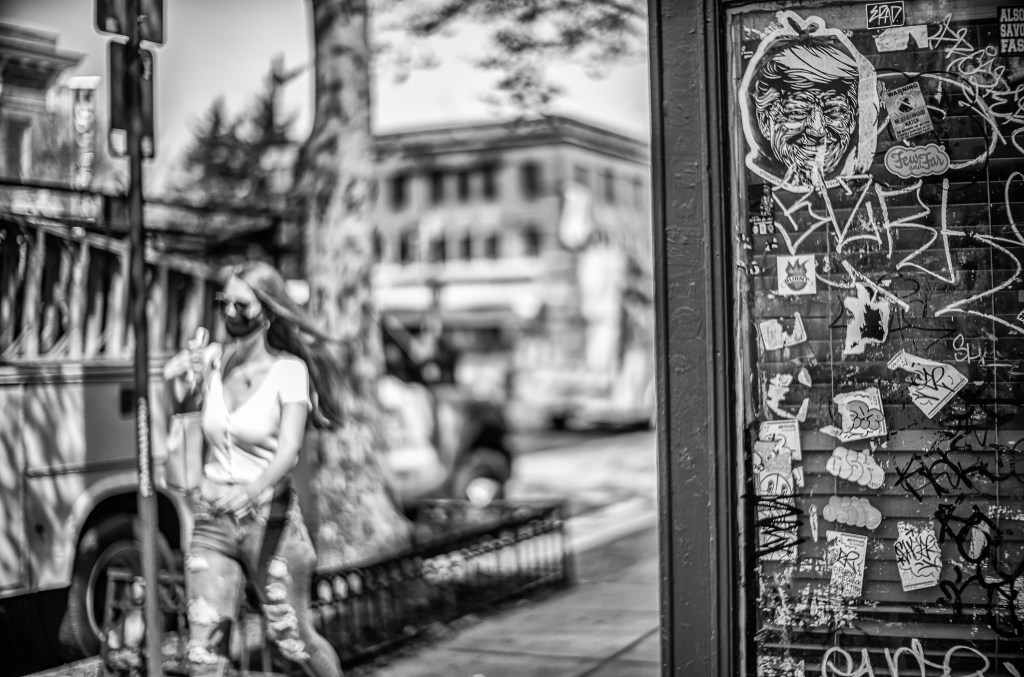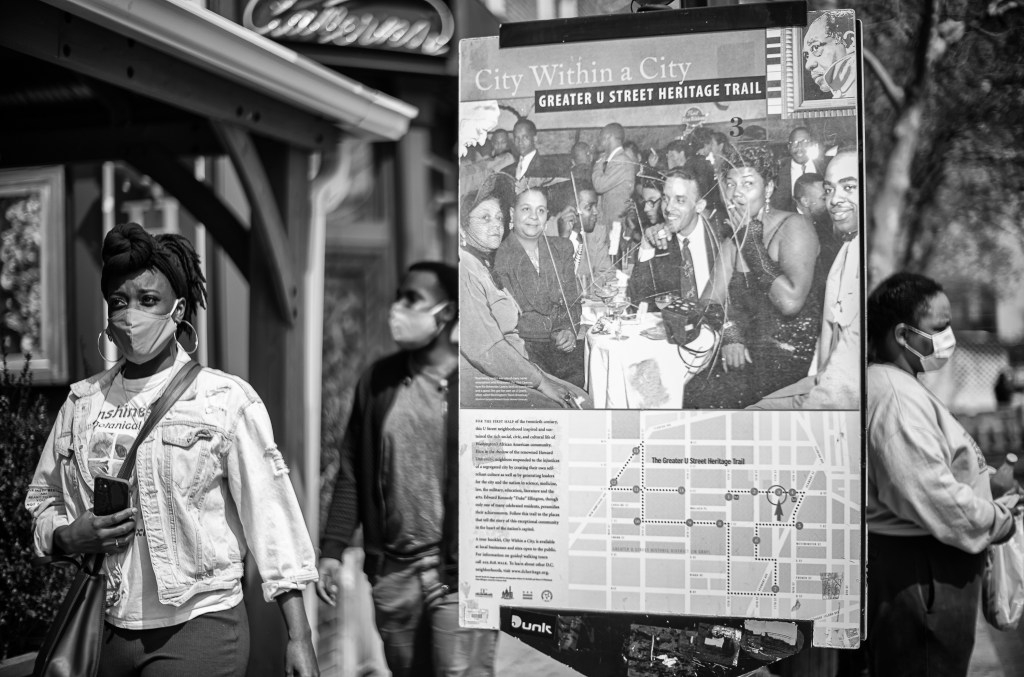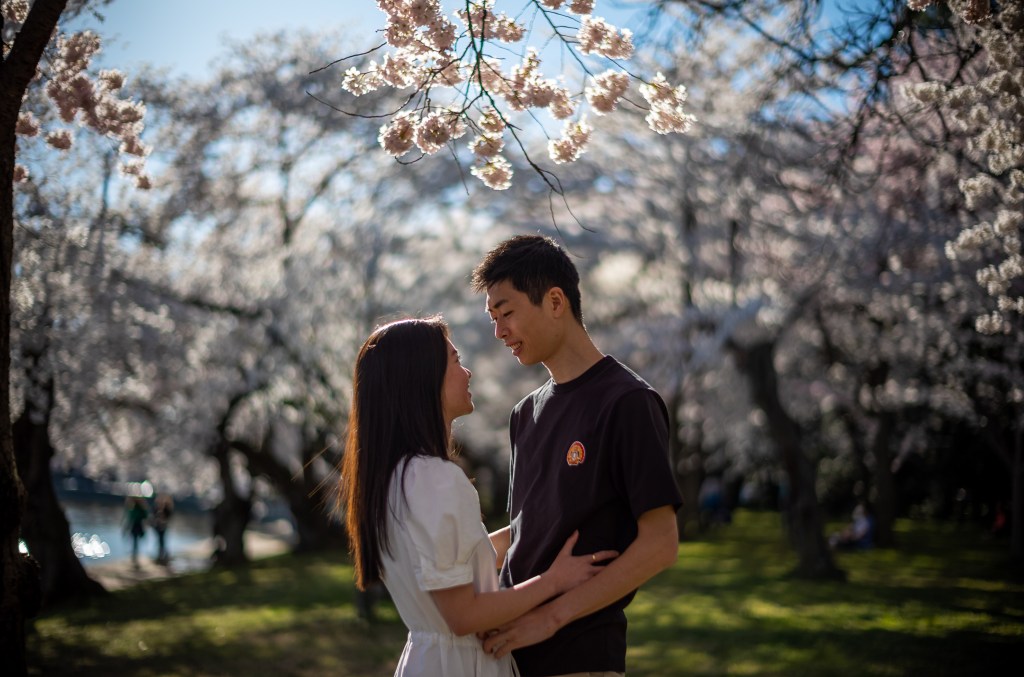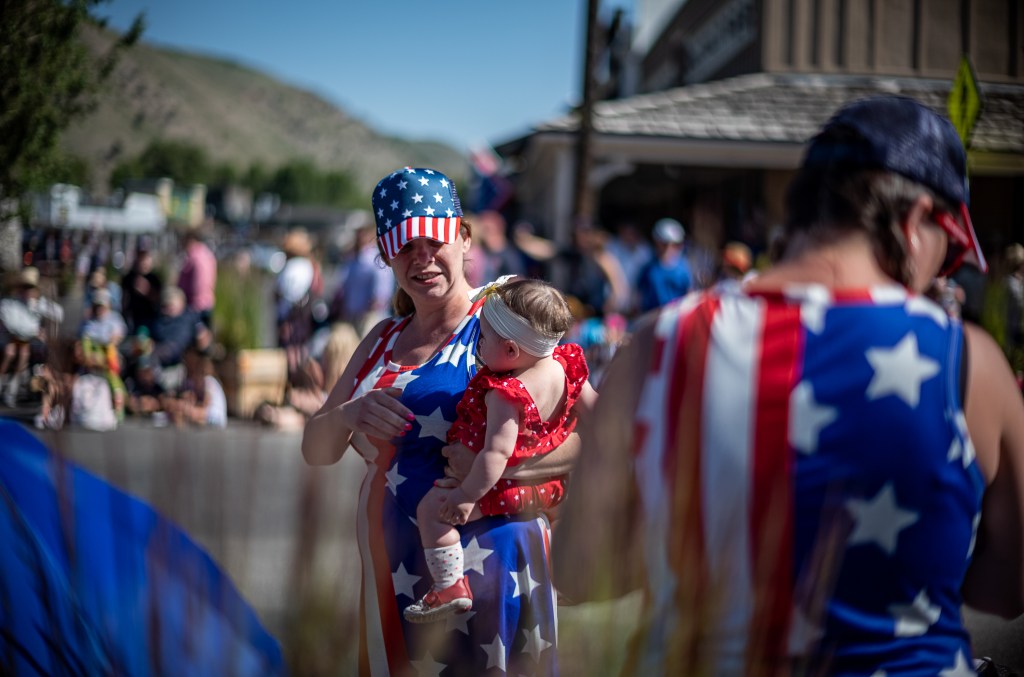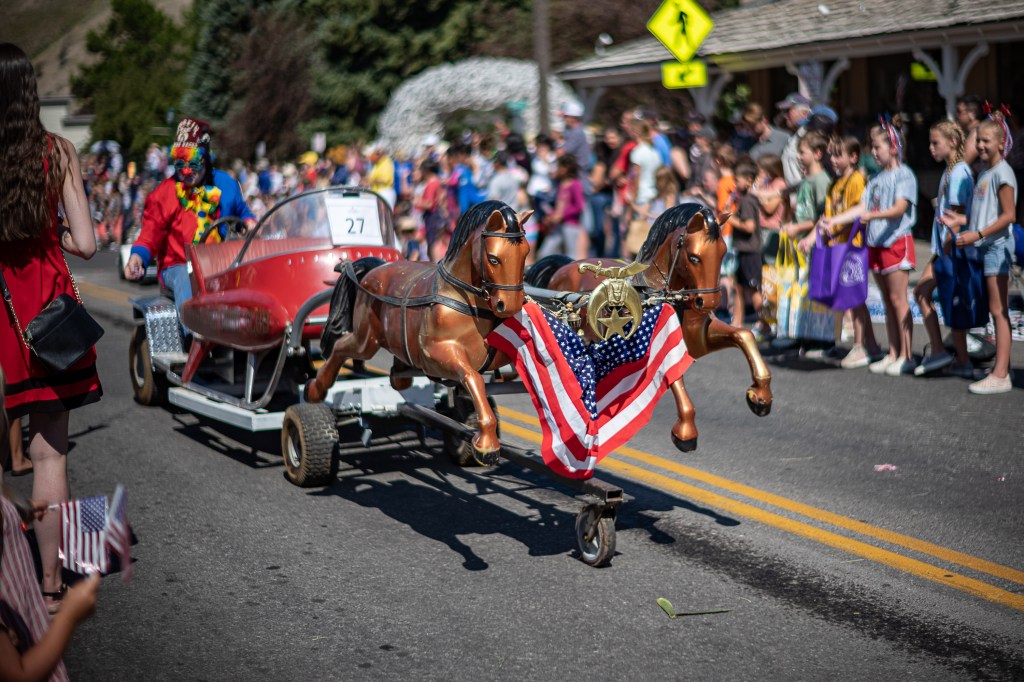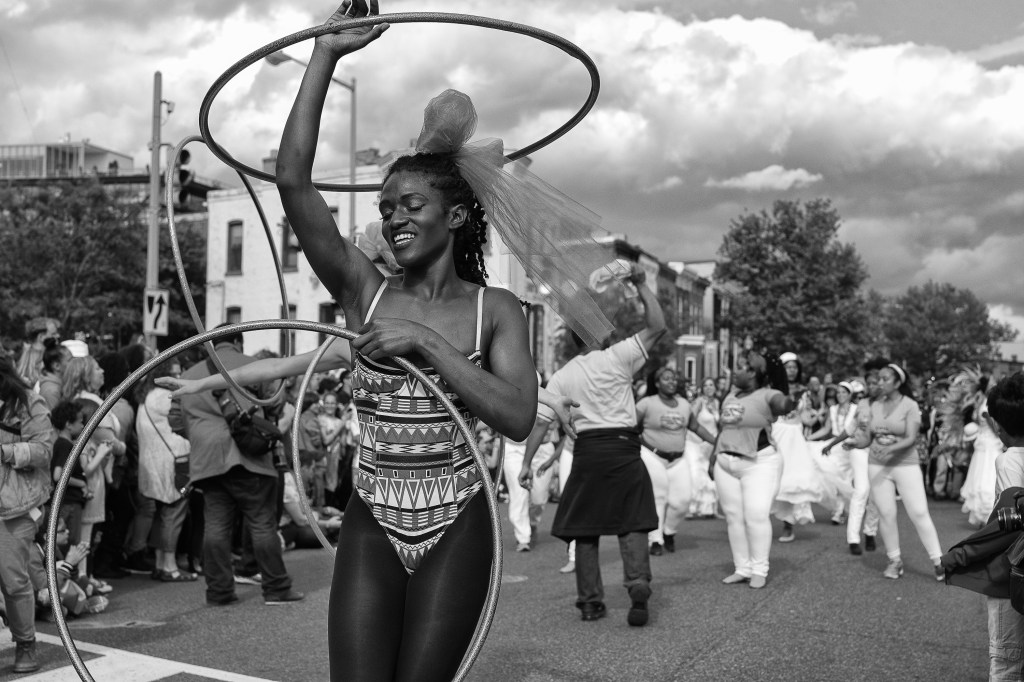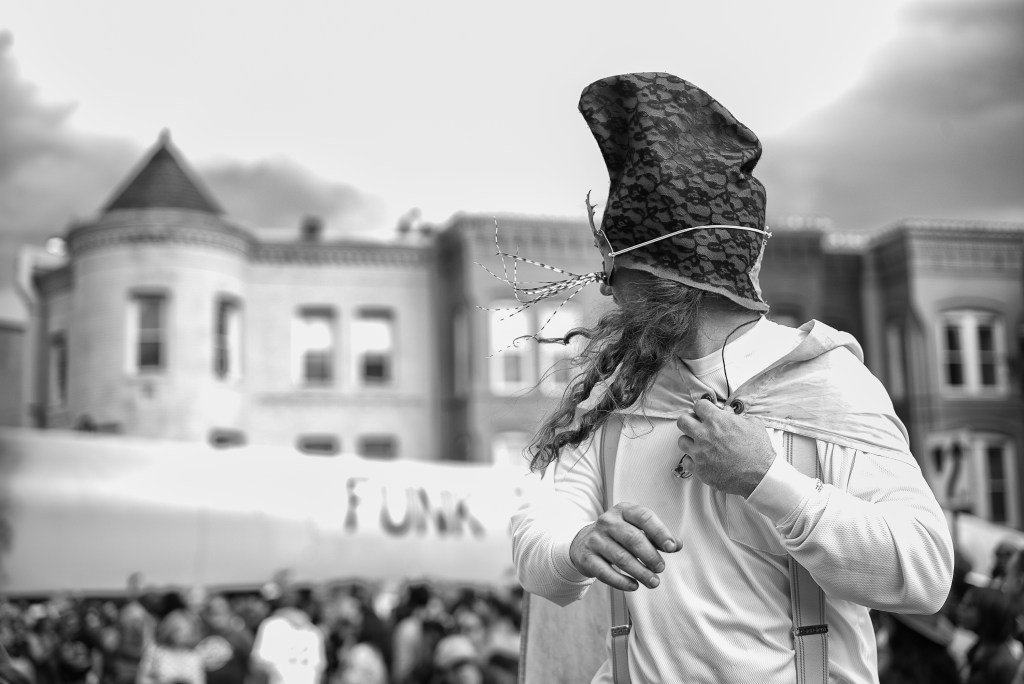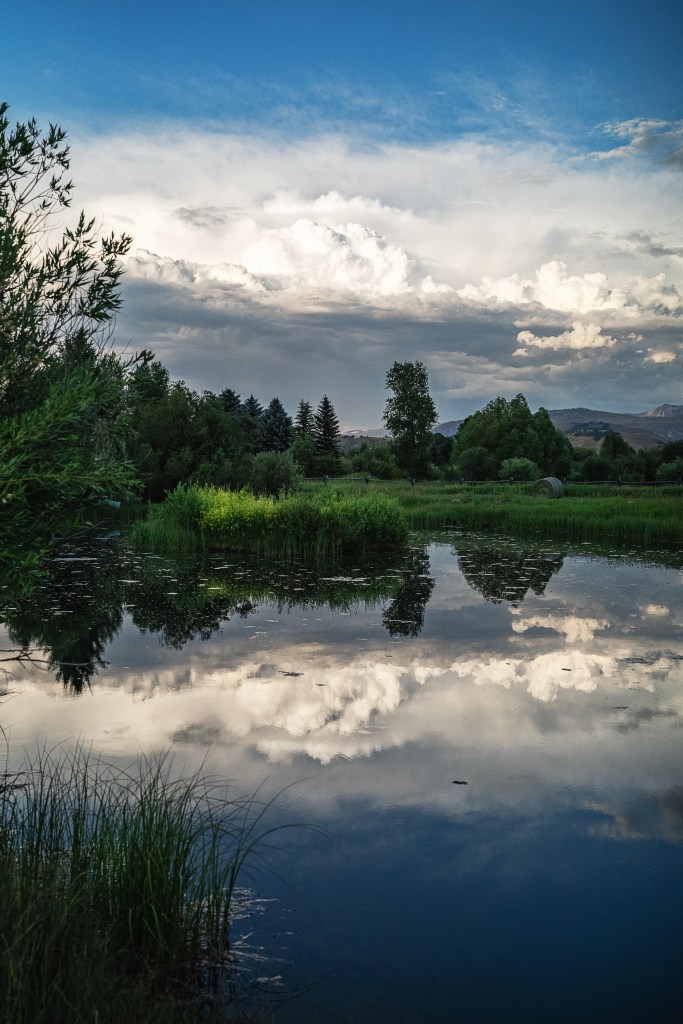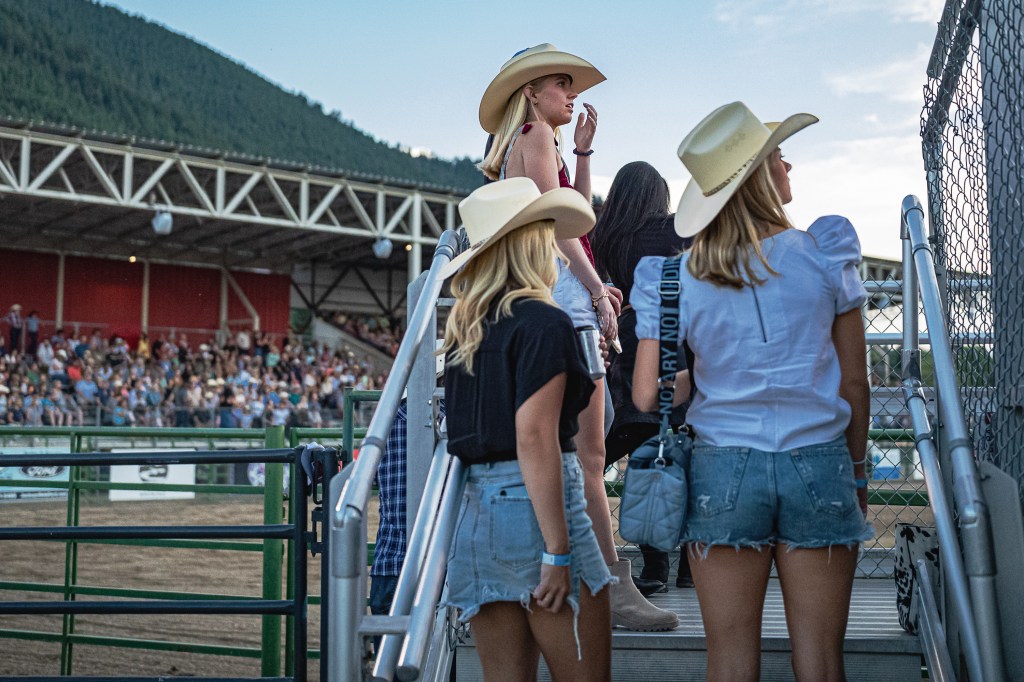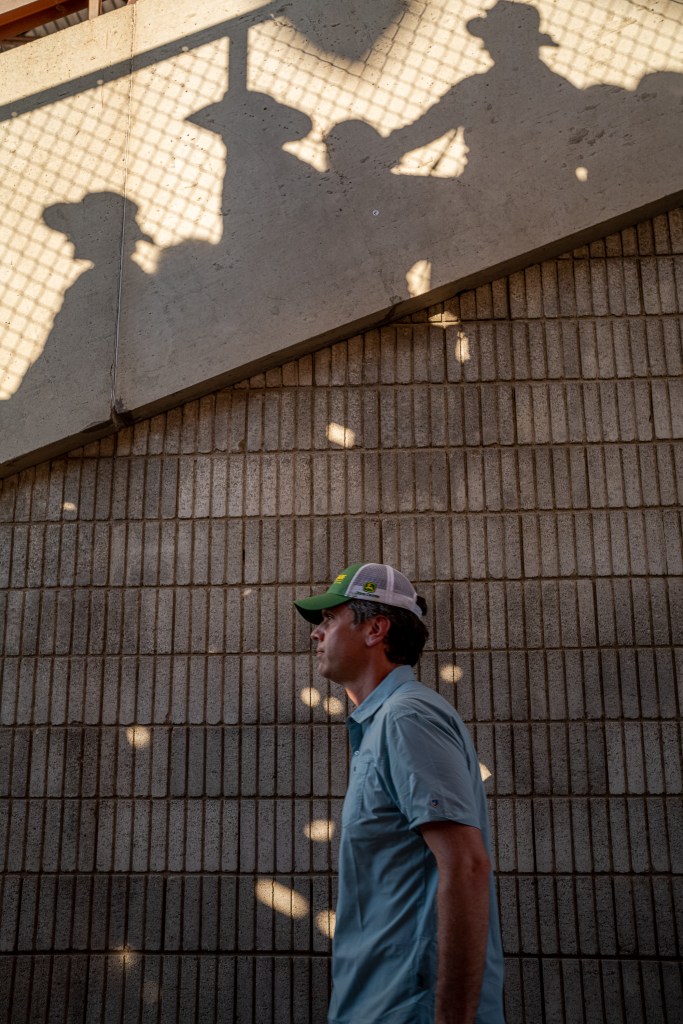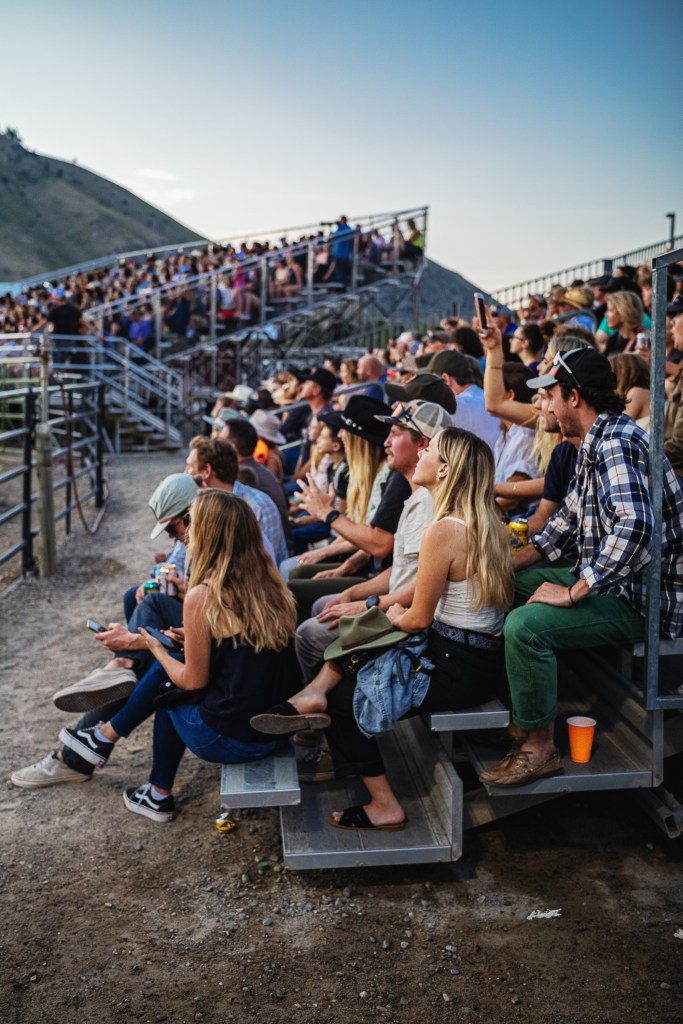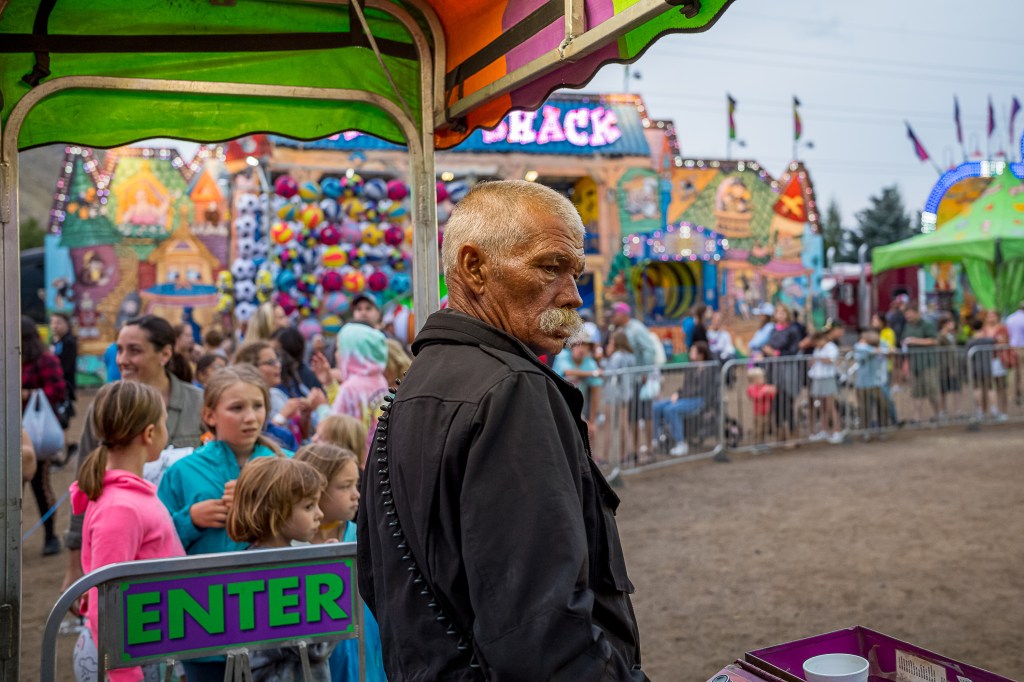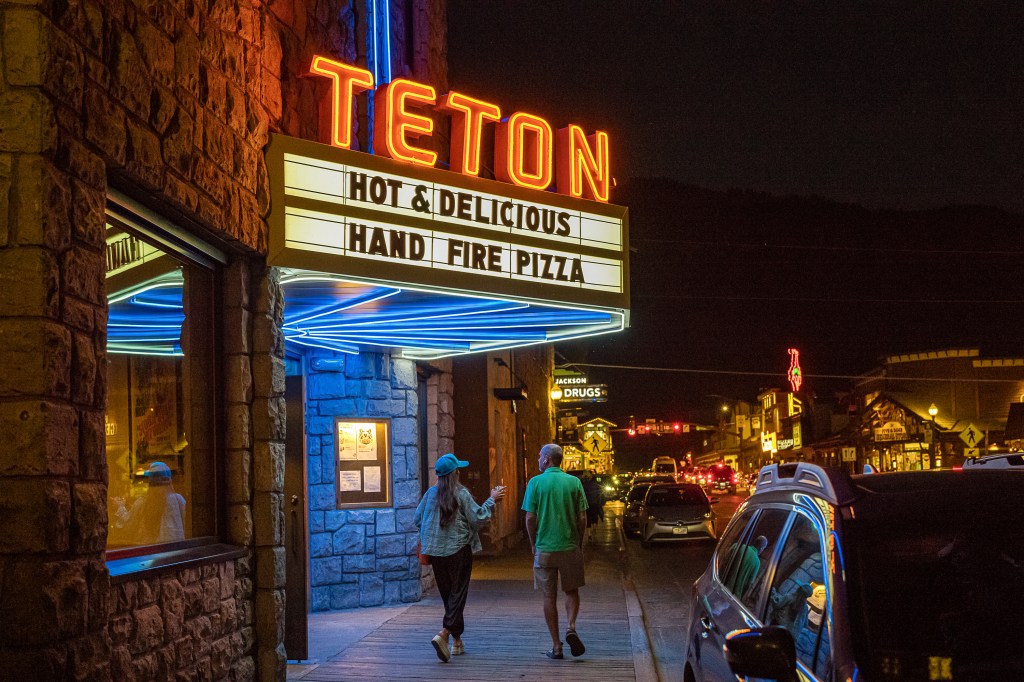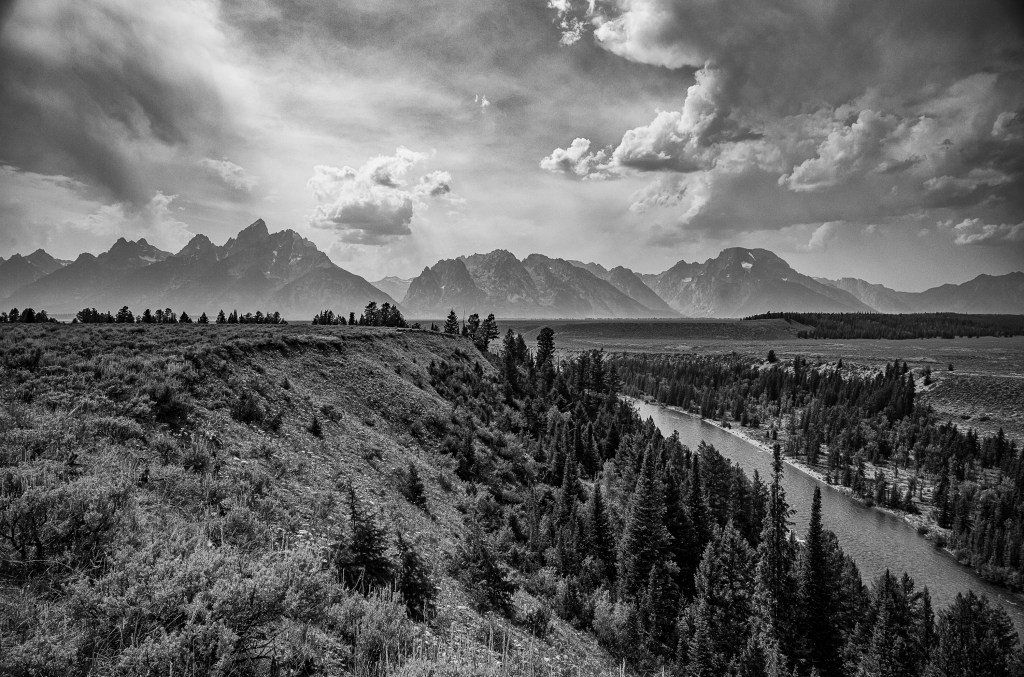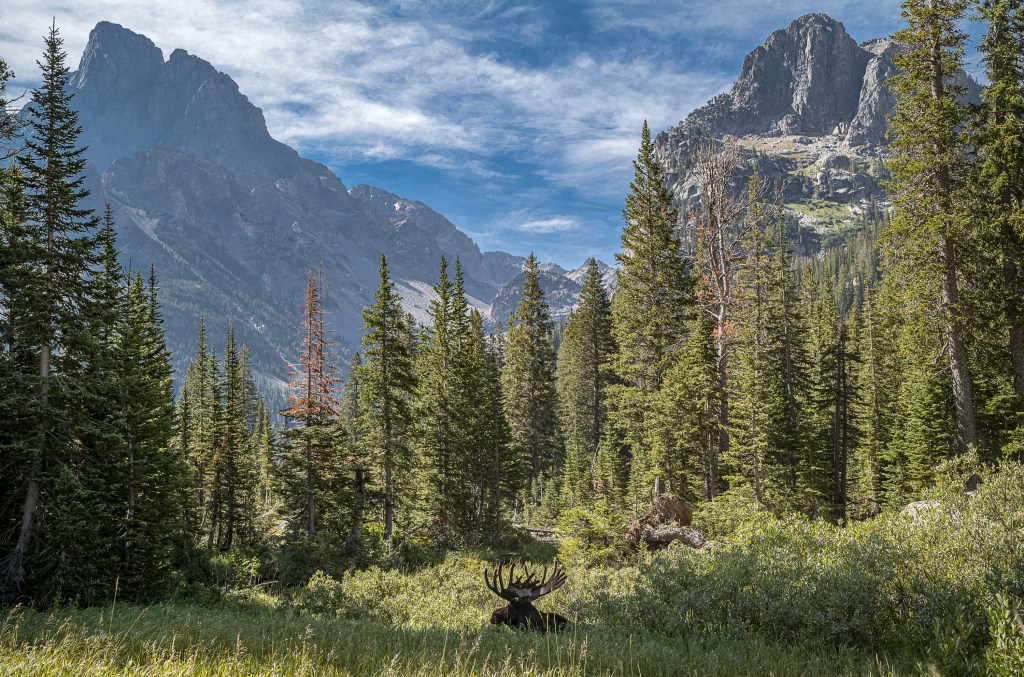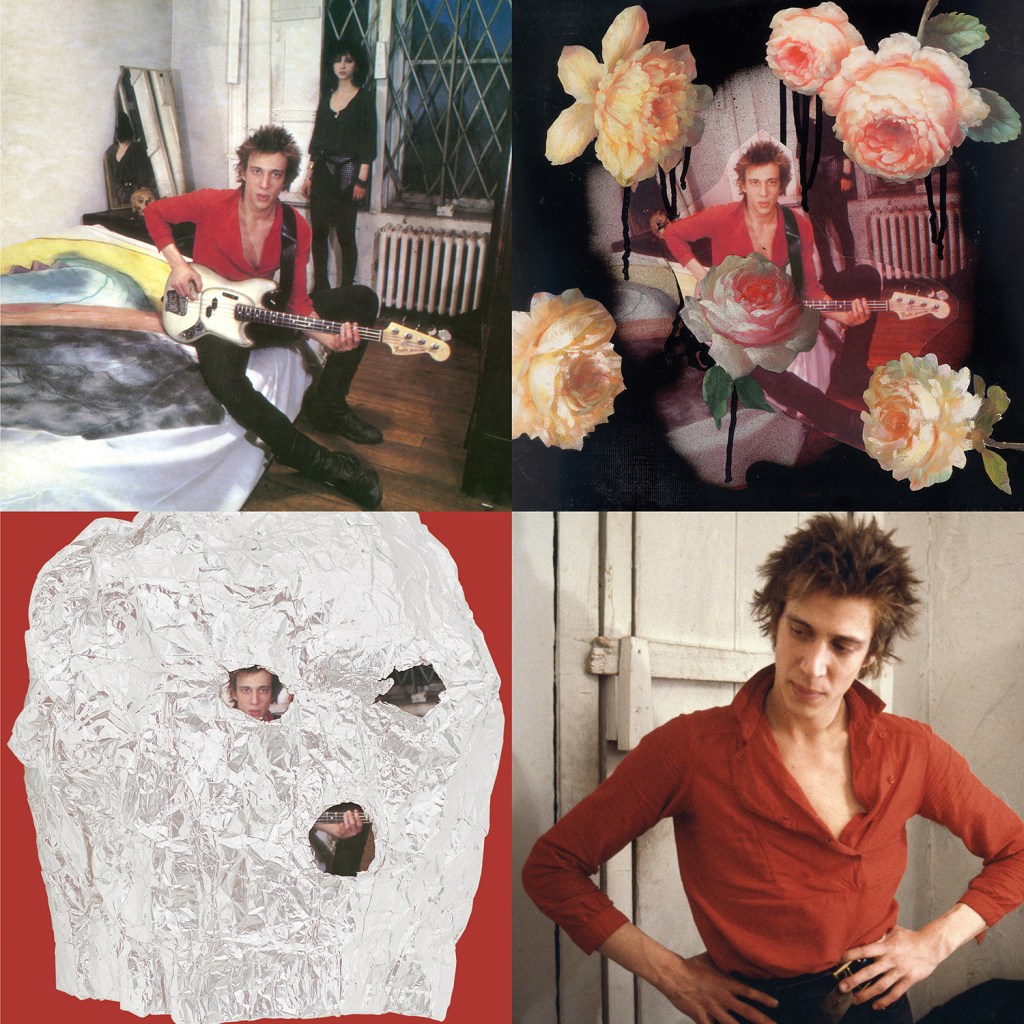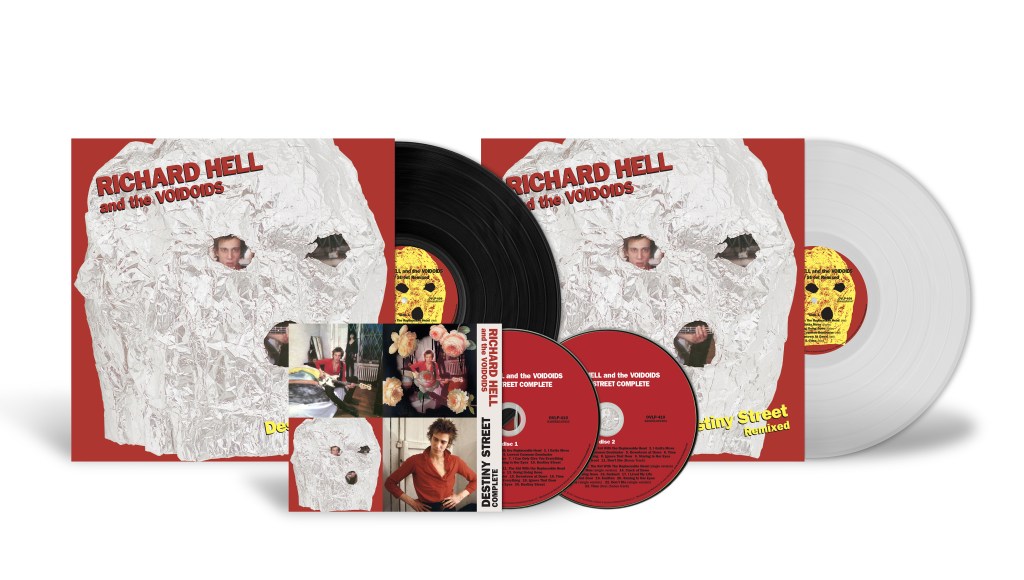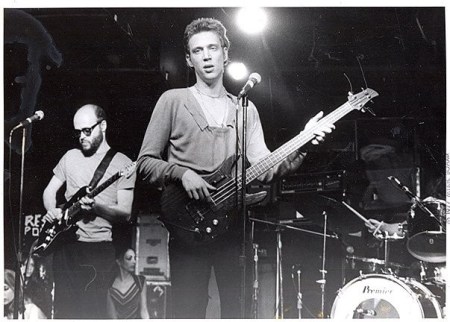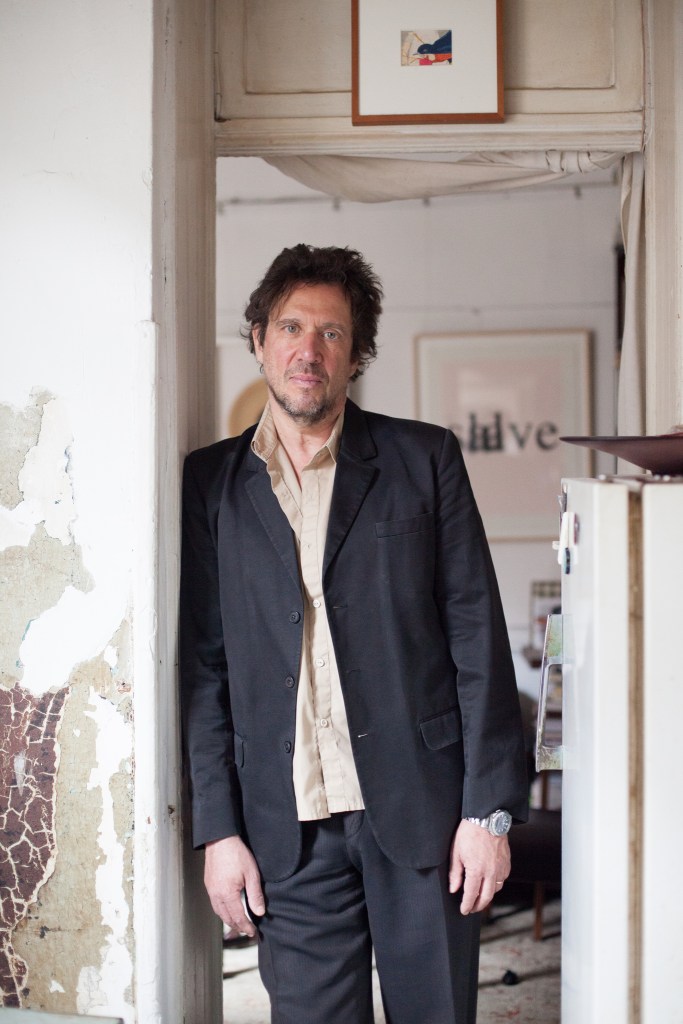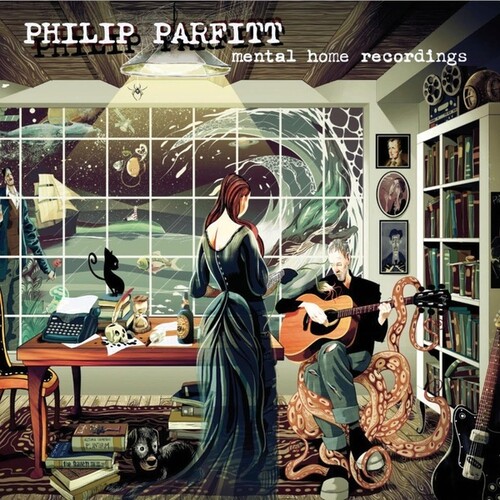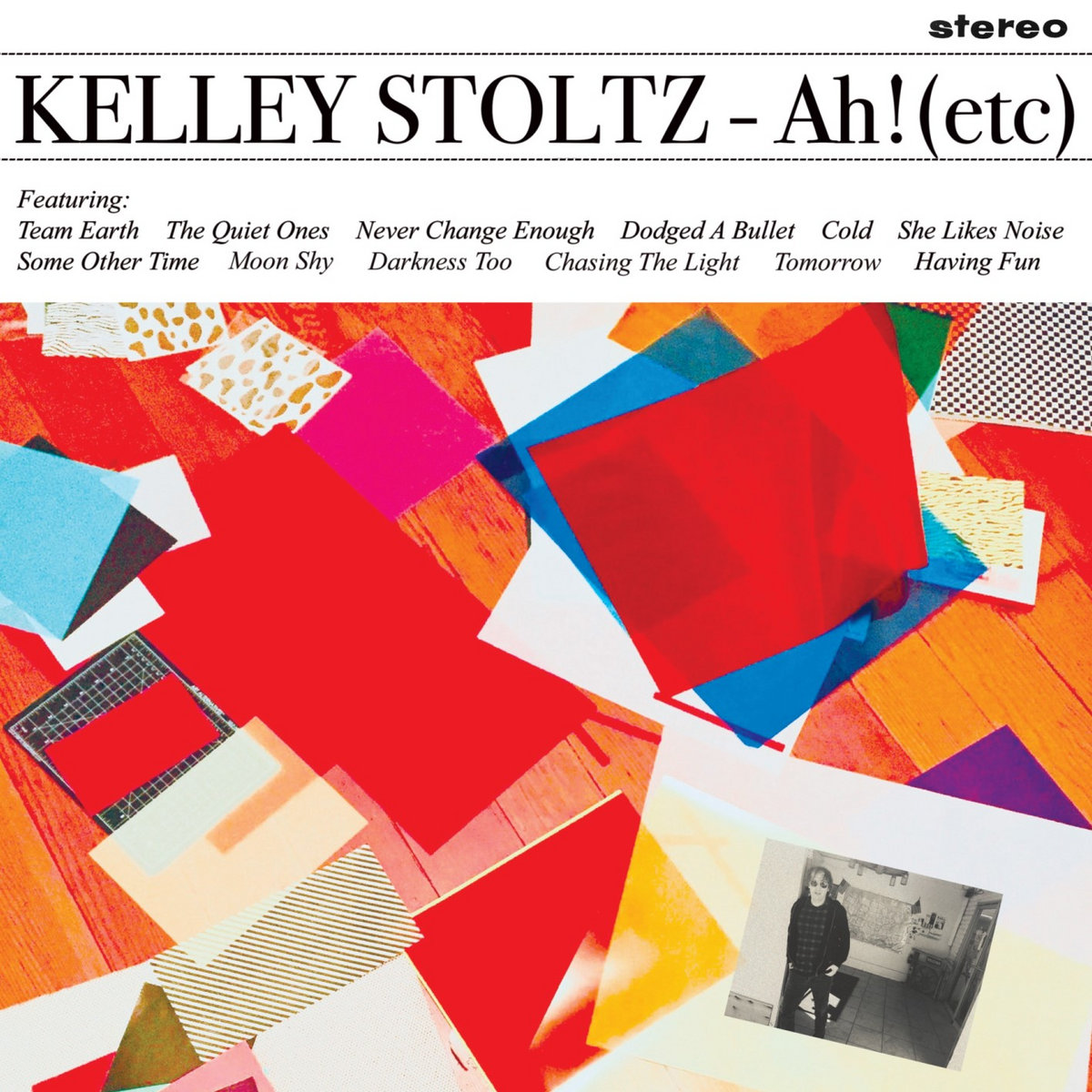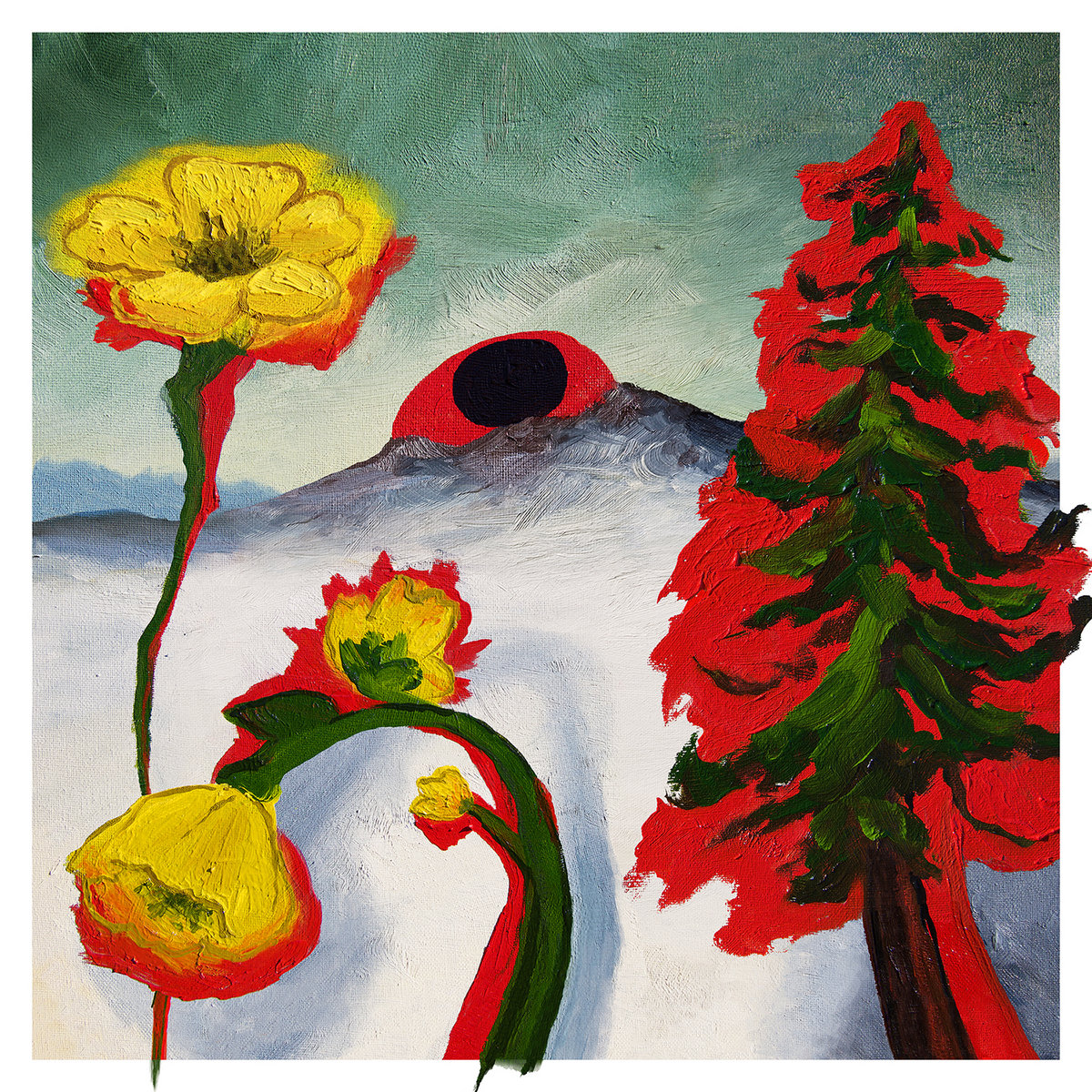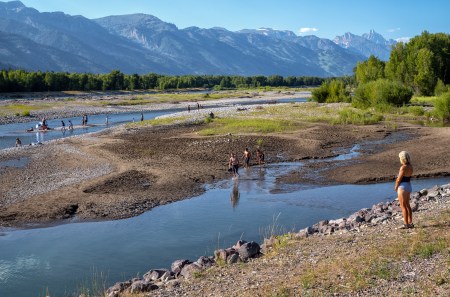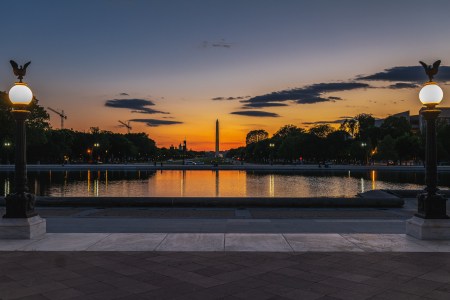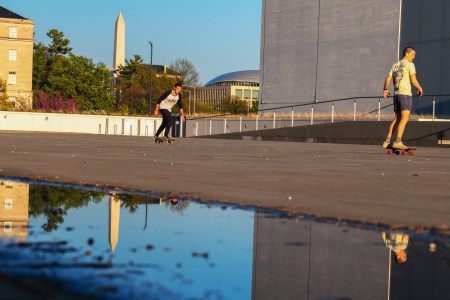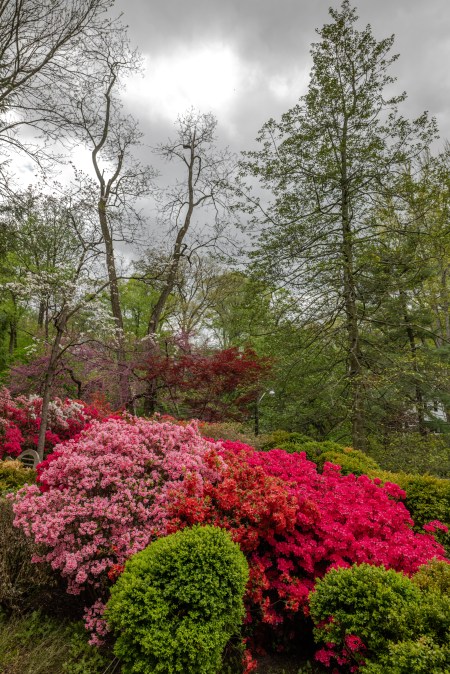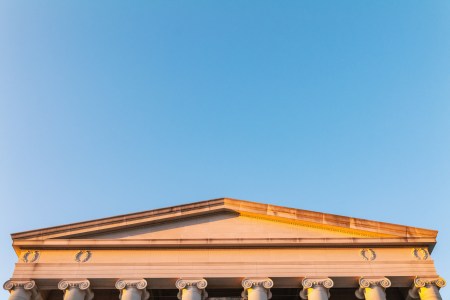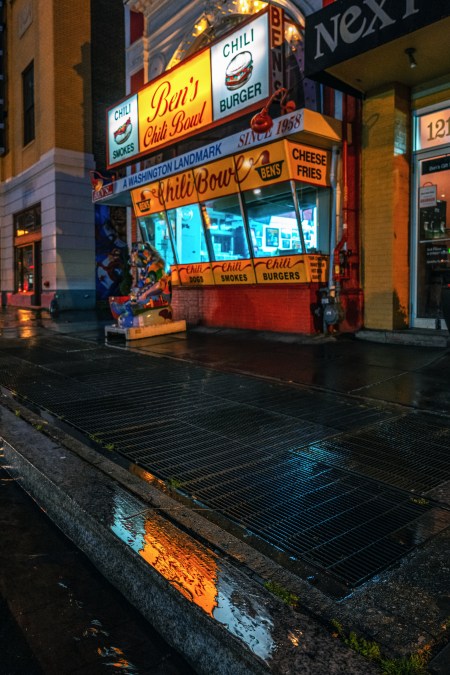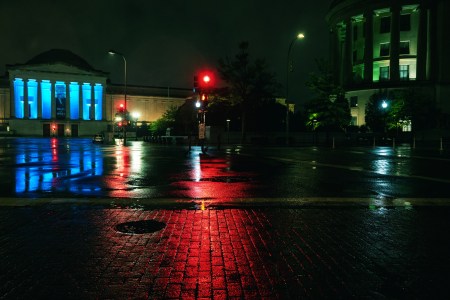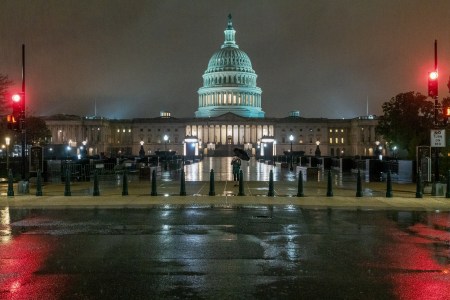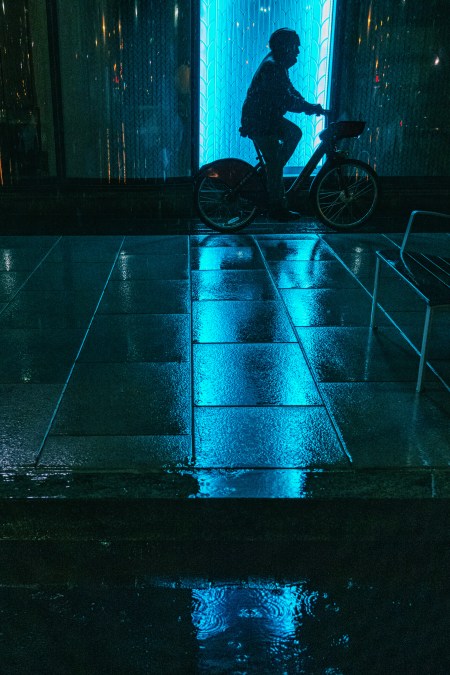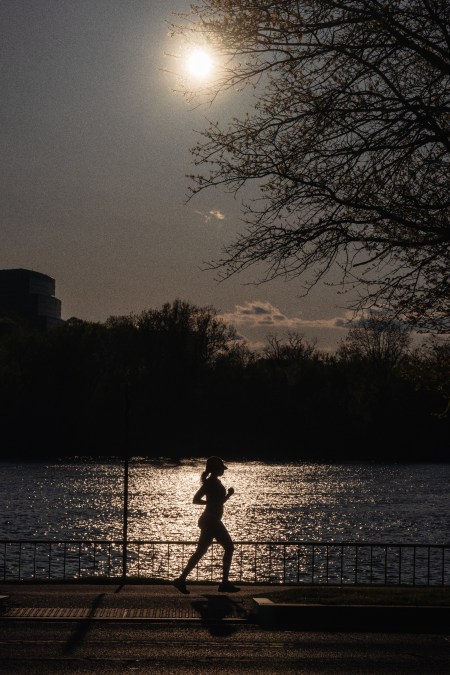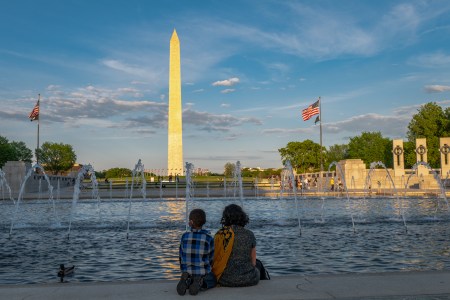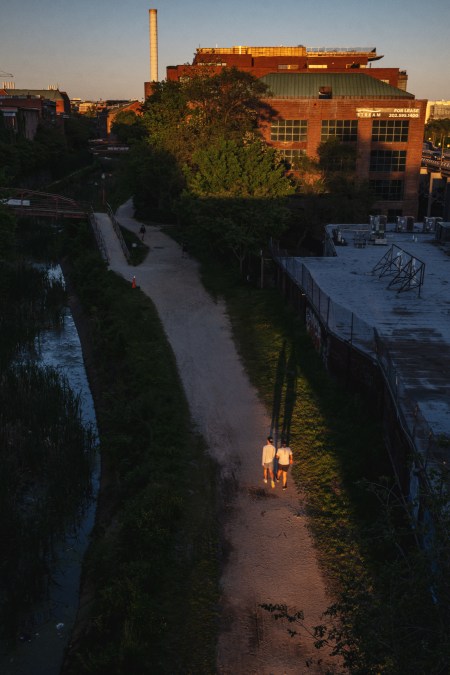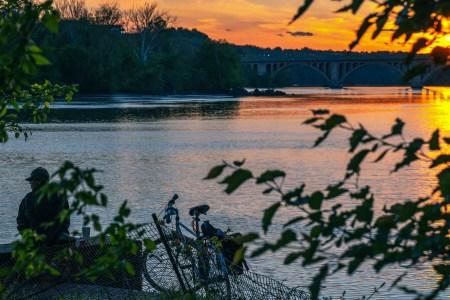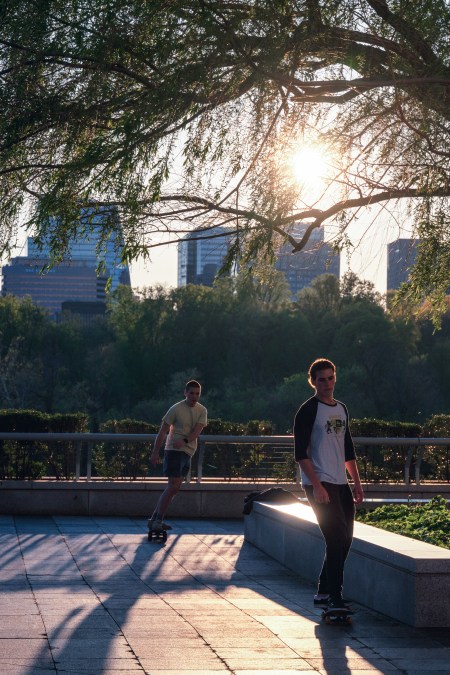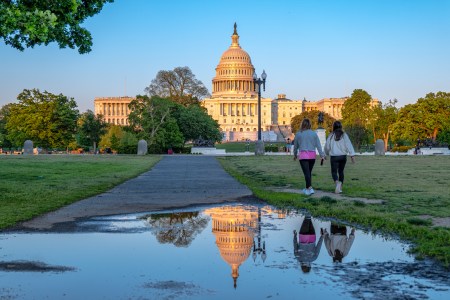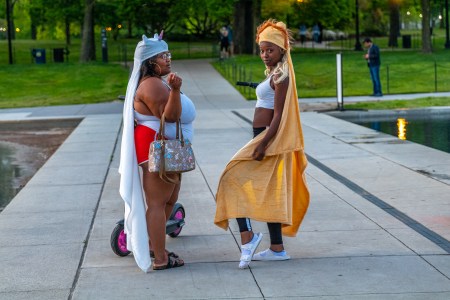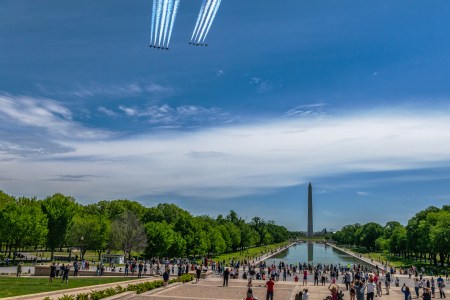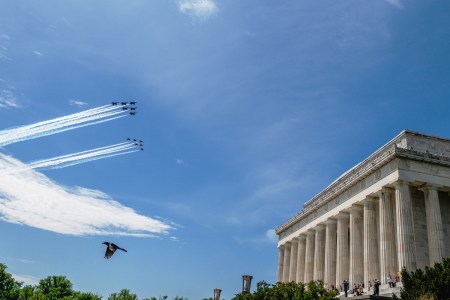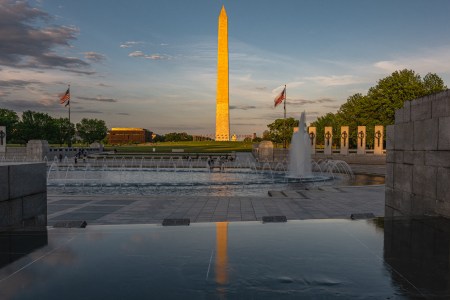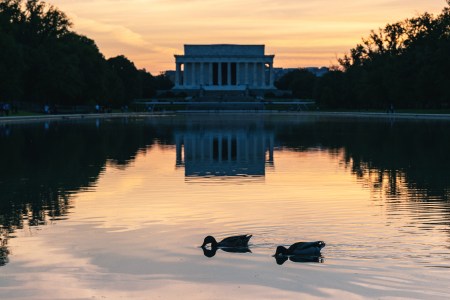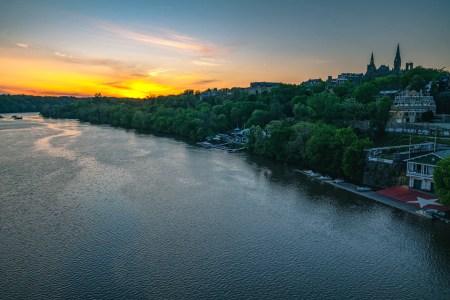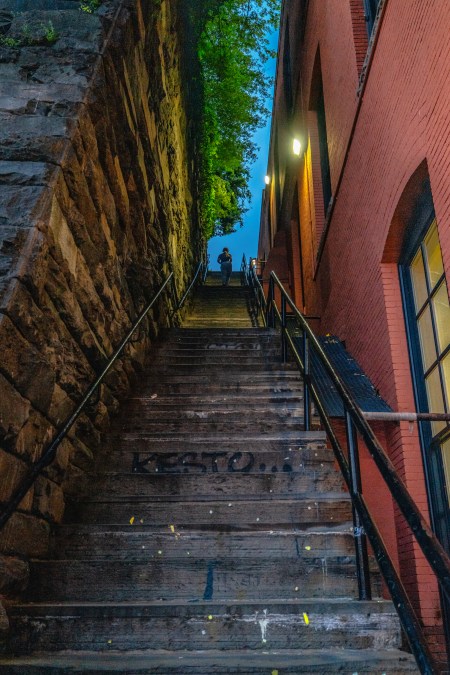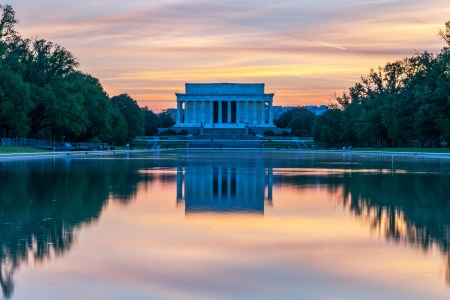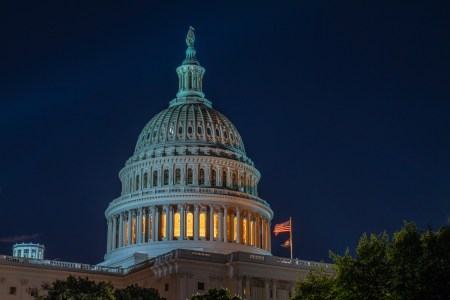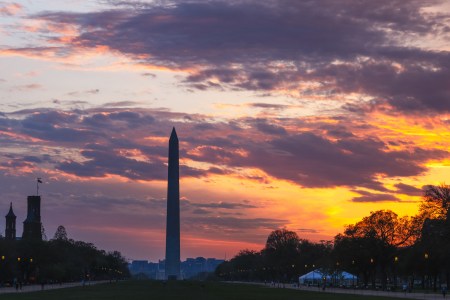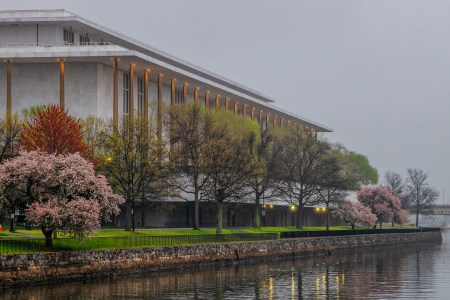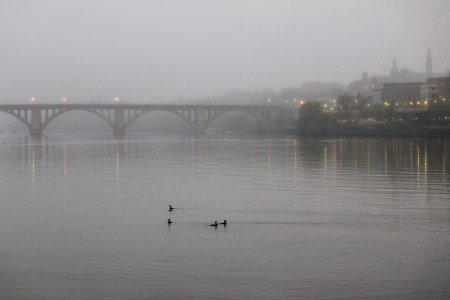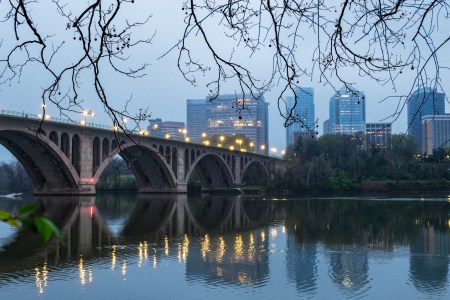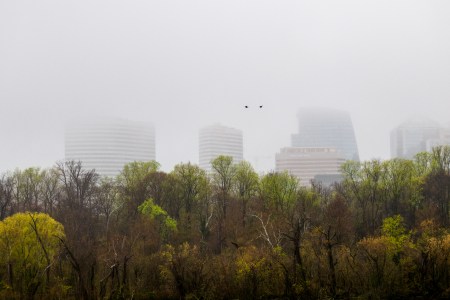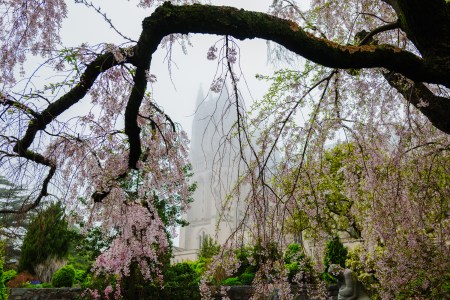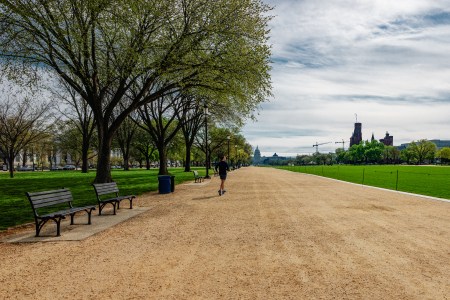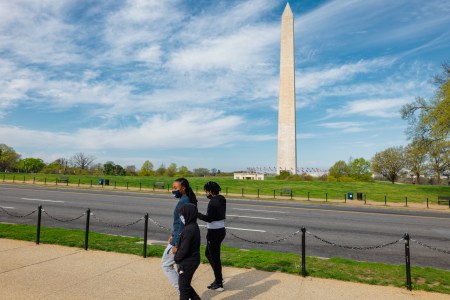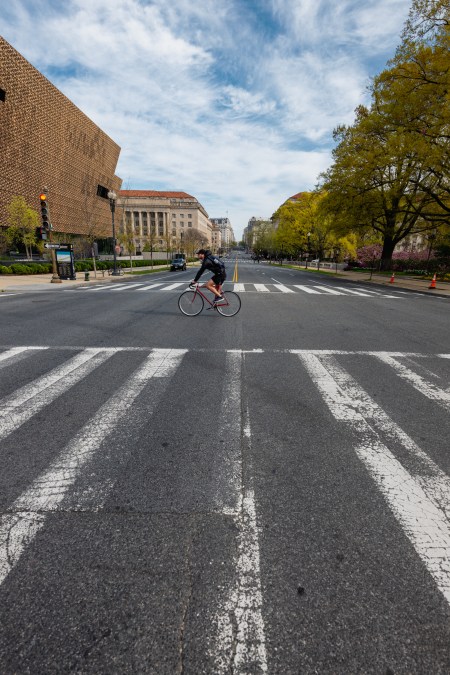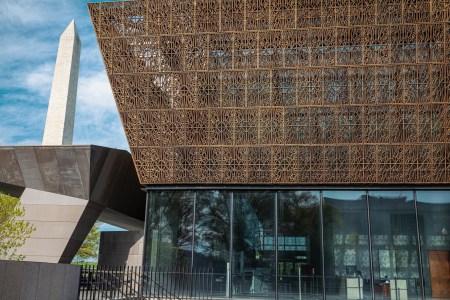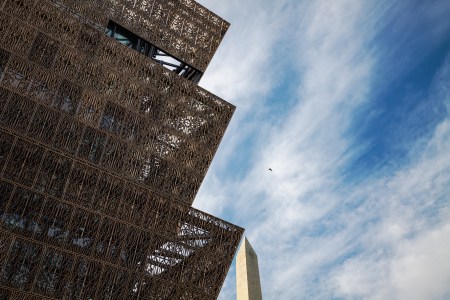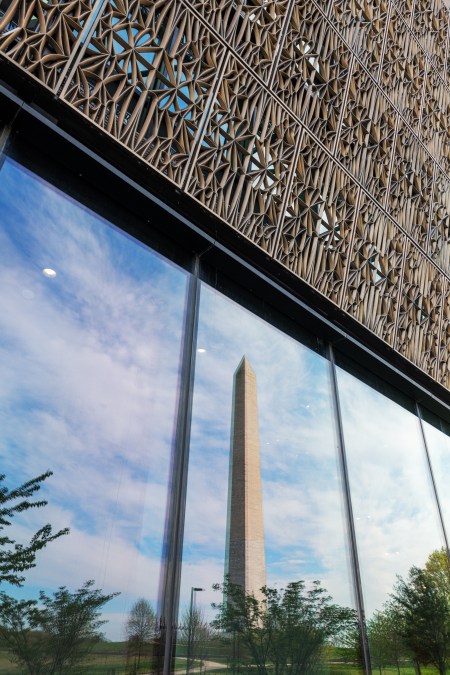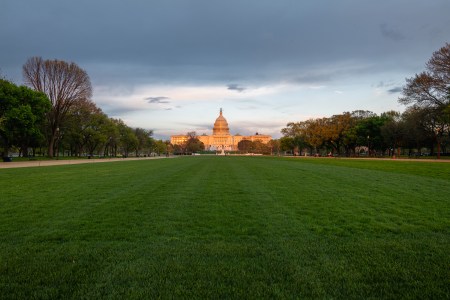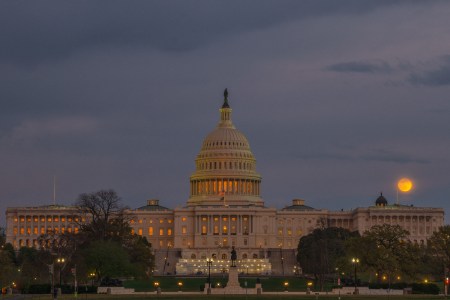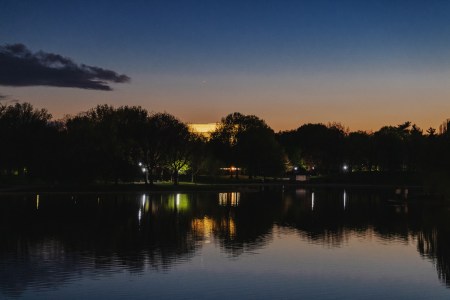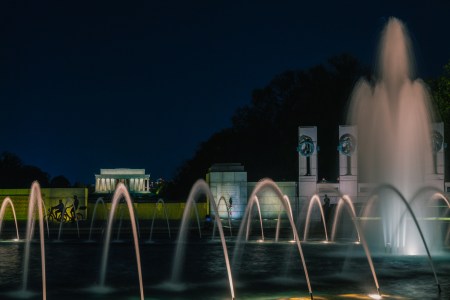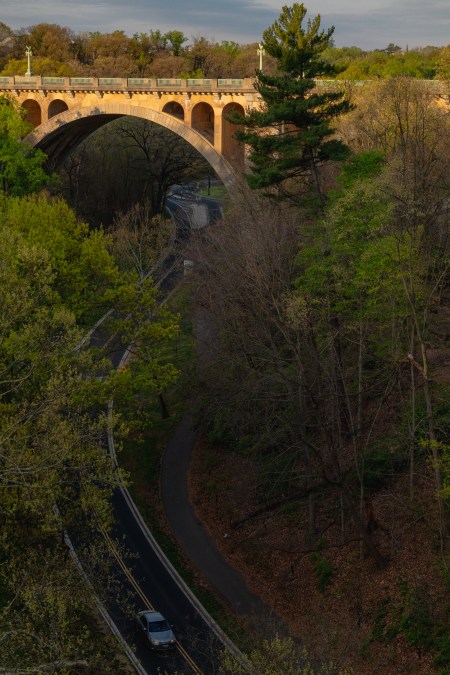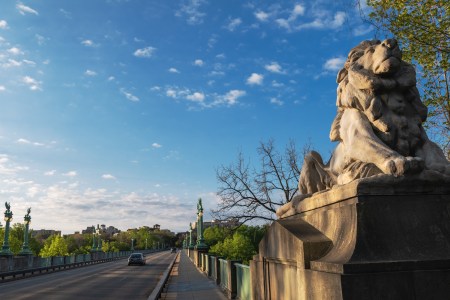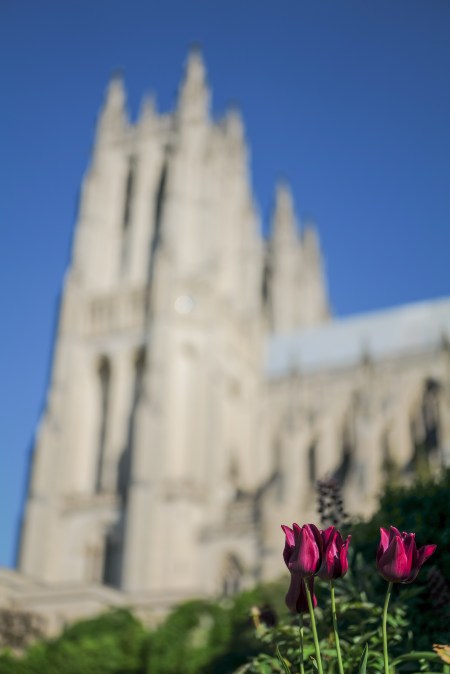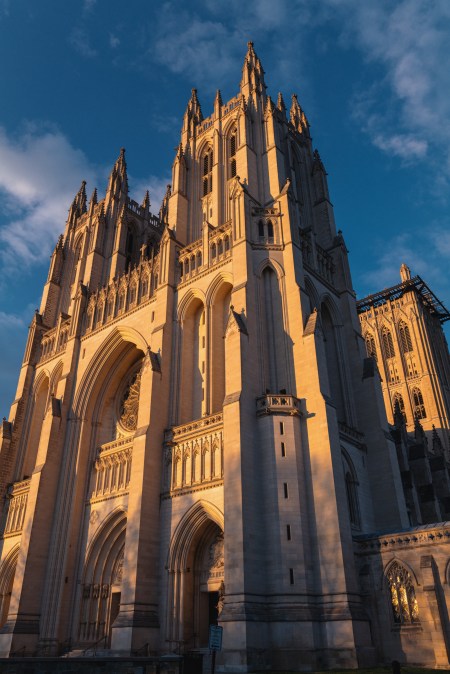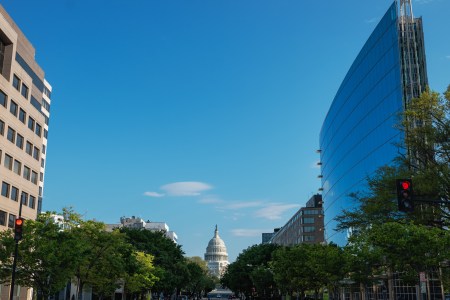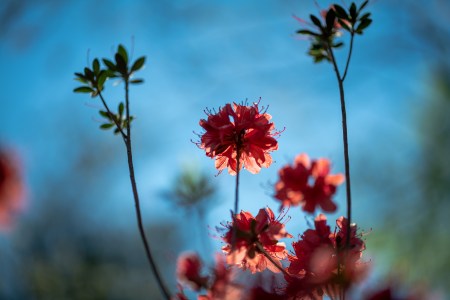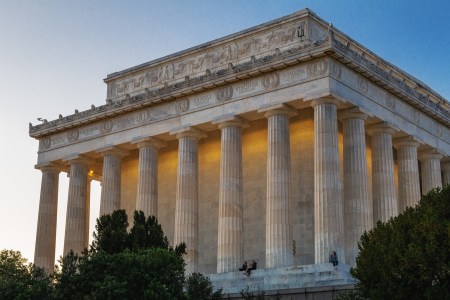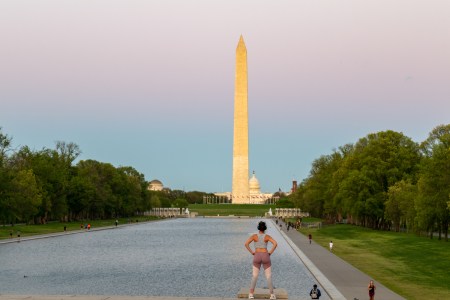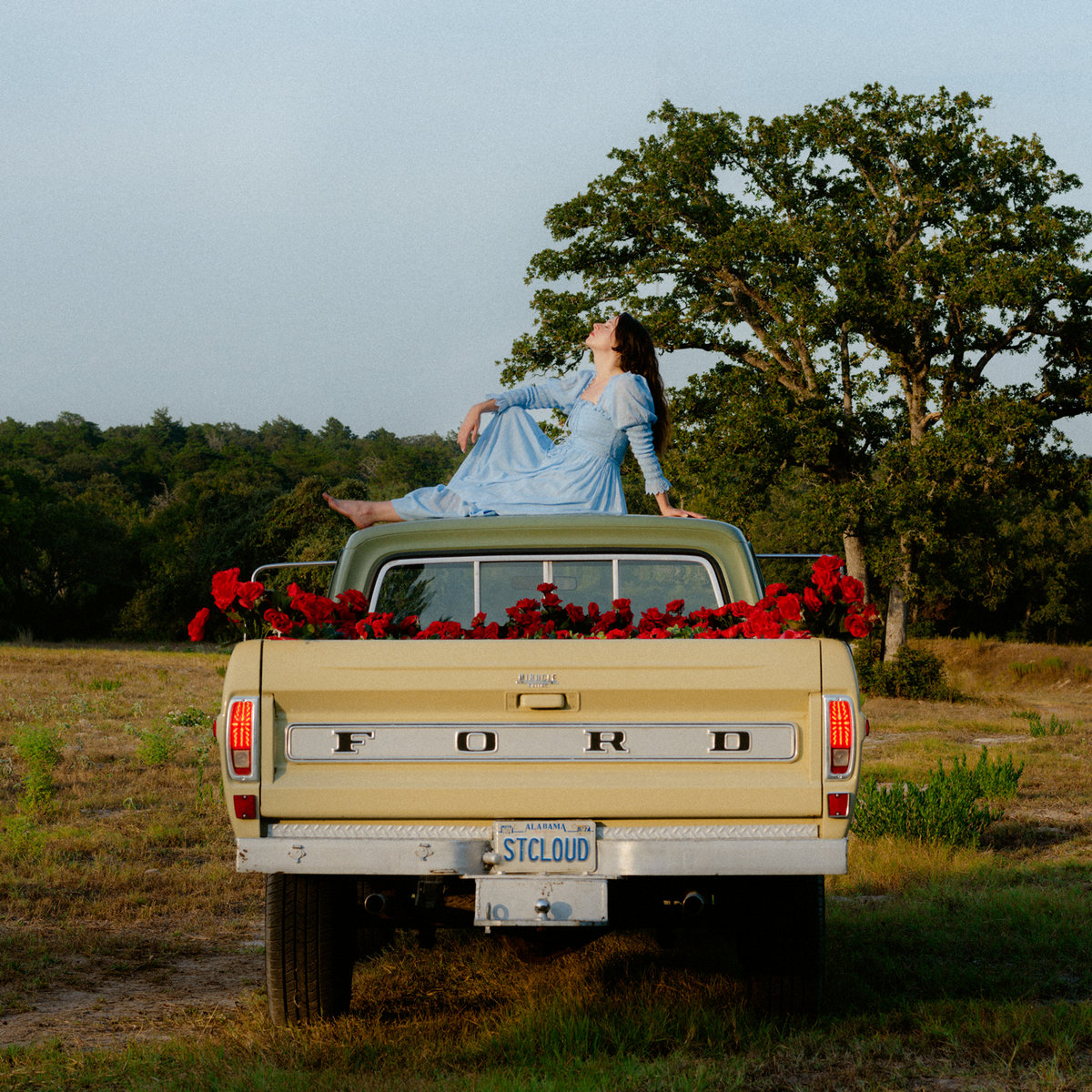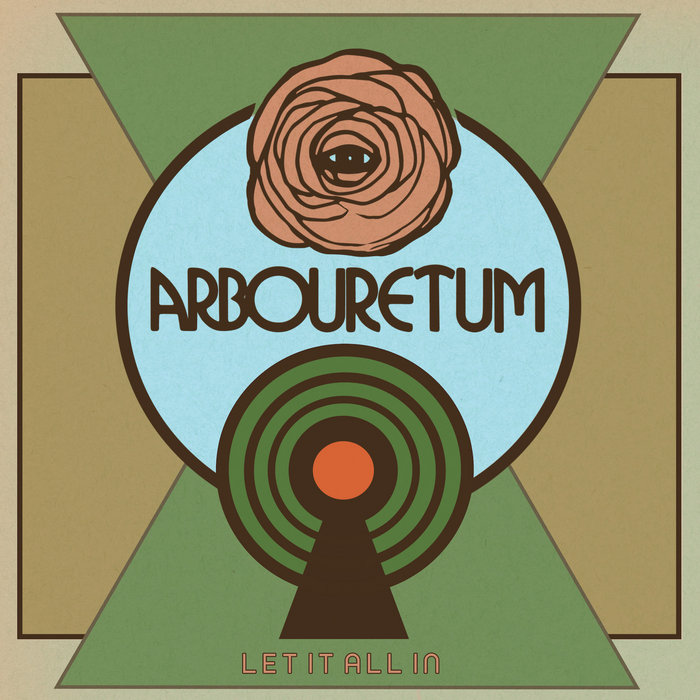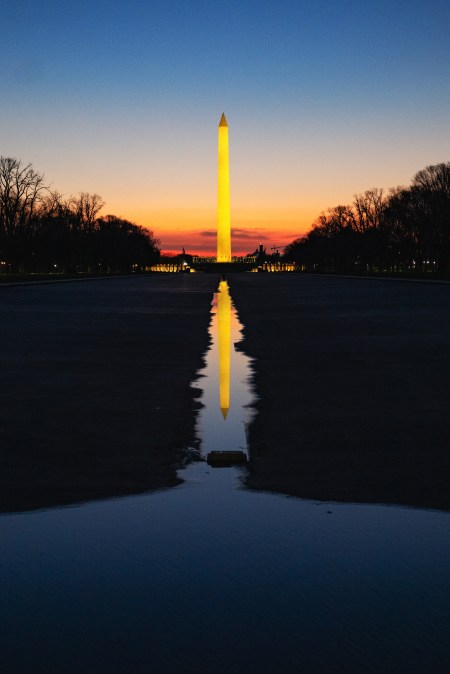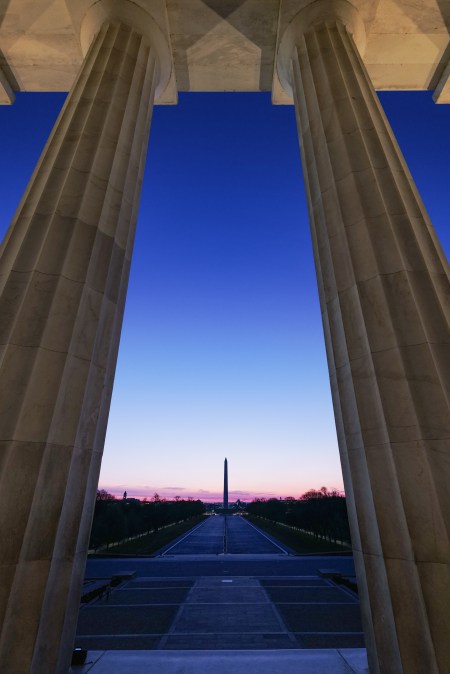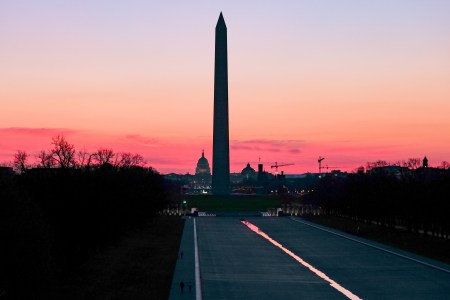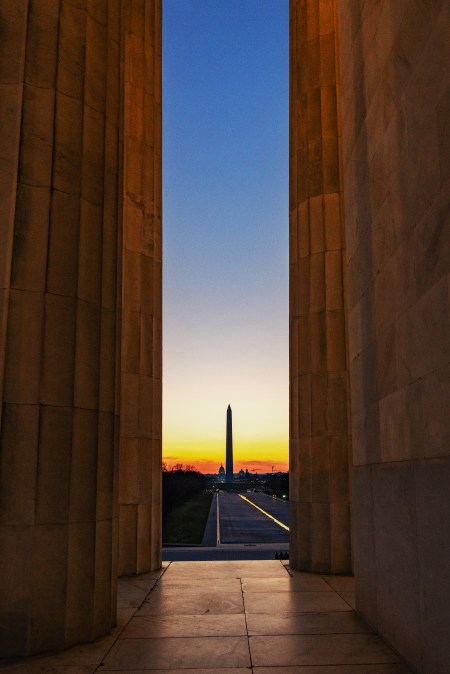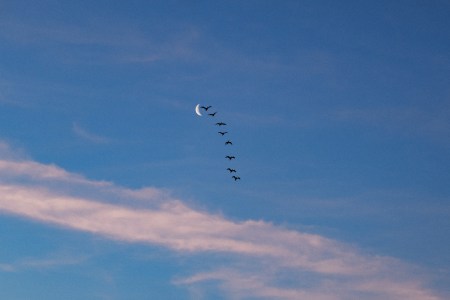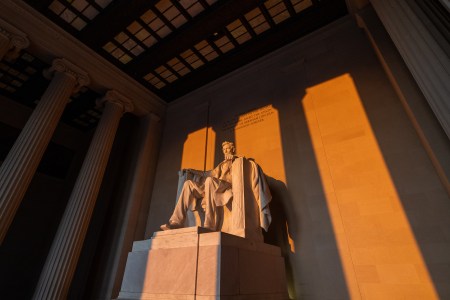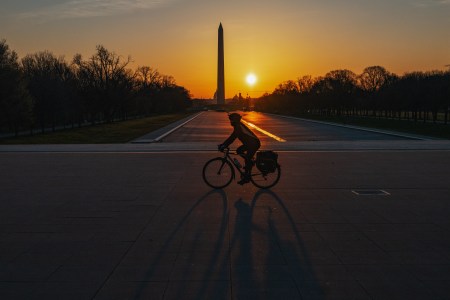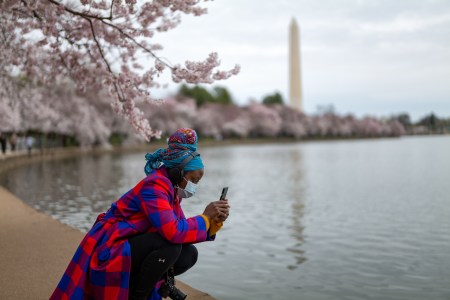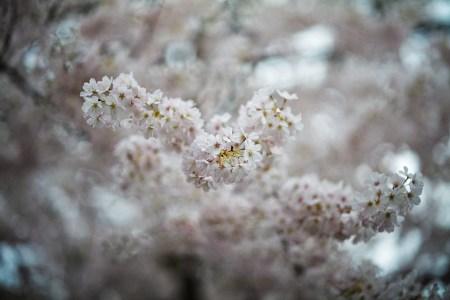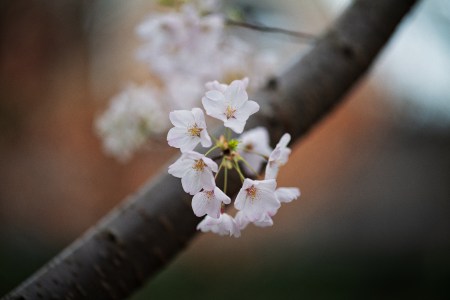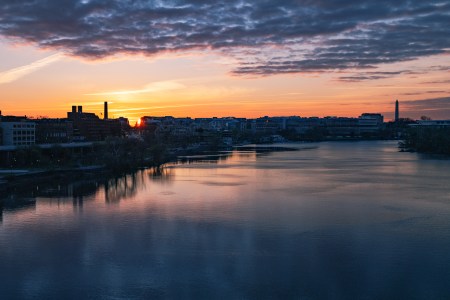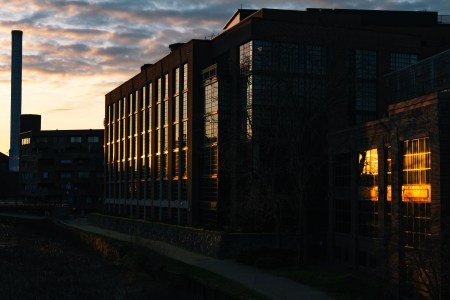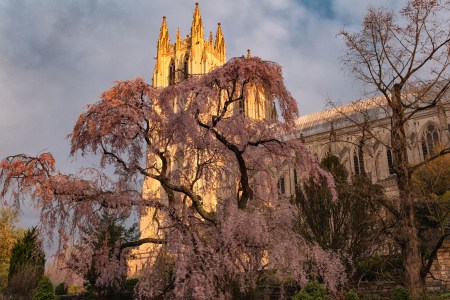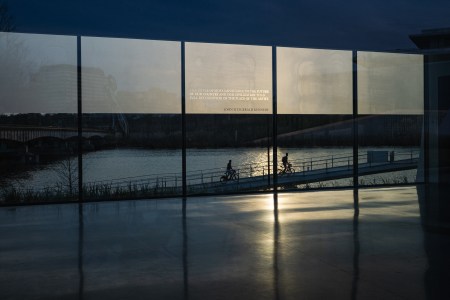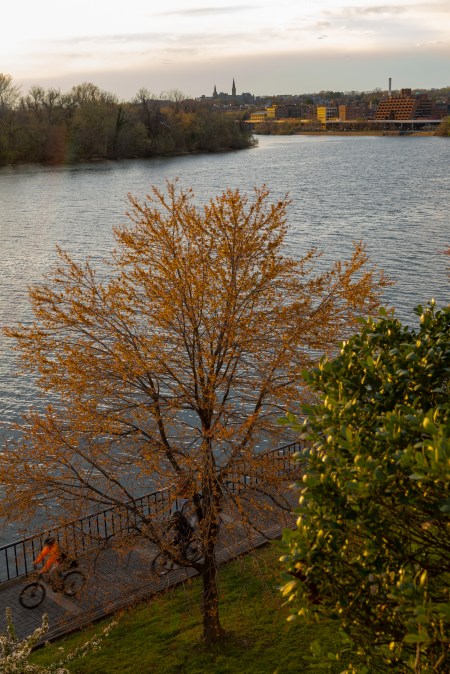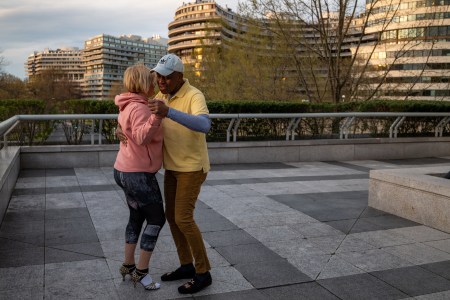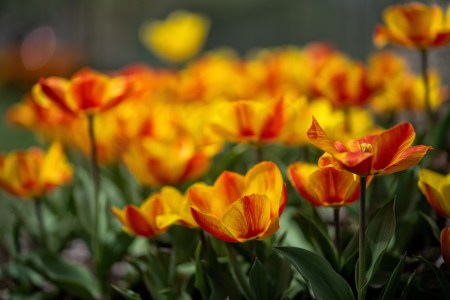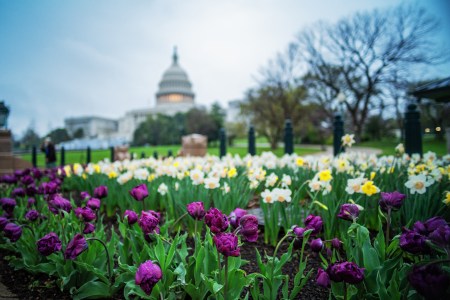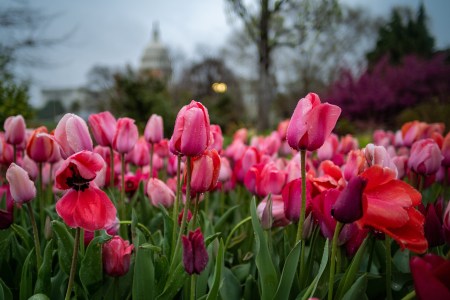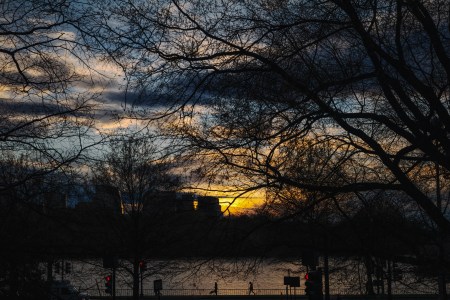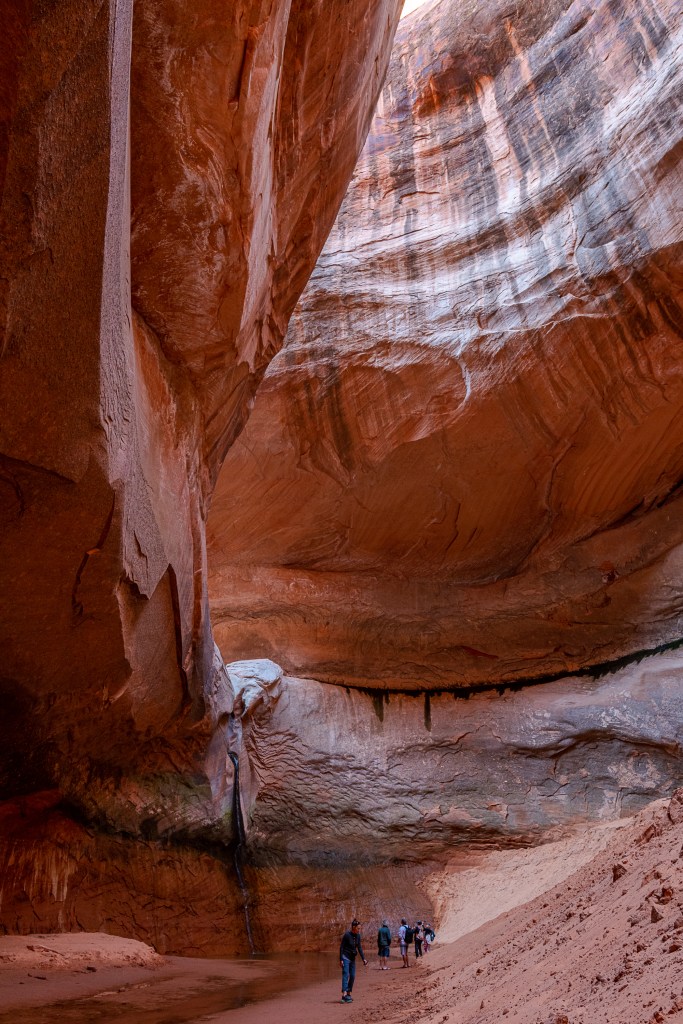
Introduction
This is a story of paradise lost and regained, of man’s folly and nature’s response. For our purposes, the story begins in 1956, when by Congressional appropriation, the most beautiful section of the Colorado River, named Glen Canyon by its explorer John Wesley Powell, was condemned to be drowned under 340 feet of water backing up from a dam built, as we shall see, for a curious purpose. In his 1968 book Desert Solitaire, which would go on to become the ur-conservationist classic of its age, Edward Abbey wrote, “The impounded waters form an artificial lake named Powell, supposed to honor but actually to dishonor the memory, spirit and vision of John Wesley Powell, first American to make a systematic exploration of the Colorado river and its environs.”
Placed in what Abbey referred to as “water storage,” all of Glen Canyon’s marvels — Ancestral Puebloan ruins by the thousands, natural phenomena such as hanging gardens, a veritable phantasmagoria of geologic extravagance — soon sank under water. One such marvel was Cathedral in the Desert, a massive, domed hollow hidden in a side canyon off the Escalante River near where it joined the Colorado about midway through Glen Canyon.
As far as I can remember, I first learned of Cathedral in the Desert some years ago when reading the chapter “Glen Canyon Submersus” in Wallace Stegner’s The Sound of Mountain Water. Midway through exposing the crime, Stegner described the paradisiacal canyons being drowned under hundreds of feet of water. “Often these canyons, pursued upwards, ended in falls, and sometimes the falls came down through a slot or a skylight in the roof of a domed chamber, to trickle down the wall into a plunge pool that made a lyrical dunk bath on a hot day. In such chambers the light was dim, reflected, richly colored. The red rock was stained with the dark manganese exudations called desert varnish, striped black to green to yellow to white along horizontal lines of seepage, patched with the chemical, sunless green of moss. One such grotto was named Music Temple by Major John Wesley Powell on his first exploration, in 1869; another is the so-called Cathedral in the Desert, at the head of Clear Water Canyon off the Escalante.”
From the moment I read Stegner’s description, I wanted to see Cathedral in the Desert. And then a few years after the pictures were taken, I stumbled across a photo essay on a visit to the missing grotto in late summer 2005 when, for some reason, the water level of Lake Powell was low enough that, for a brief and splendid moment, Cathedral in the Desert breathed free air. Like many, I memorized the chart on the Glen Canyon Institute’s photo of a partially submerged Cathedral in the Desert, learning that when Lake Powell’s surface fell to 3605 feet, one could get a boat into the chamber, and at 3557 feet you could put your Chacos on its damp floor. In late July 2021, three months ago, it was announced that all but one of Lake Powell’s marinas were to close for the season, because climate change and drought — if not the actual aridification of the desert West — had brought the level of the “lake” below our magic number. (As of today, Lake Powell’s surface is 3545 feet above sea level.) I called the Glen Canyon Institute, which is devoted to restoring Glen Canyon to a free-flowing river, asked if it was possible to get to Cathedral in the Desert, and was assured it was. If only one could get access to a boat.
I contacted a friend whom I knew was likely to be visiting his son in Las Vegas, and hence would be somewhere in the region this fall, and asked if he and his wife were up for an adventure. They were. My wife and I already planned on a road trip that would take us to Southern Utah in late September or early October, and she was as excited to see it as I was. We tracked down a friend of a friend knowledgable about expeditions to obscure corners of the desert, and she took on the challenge. By October 1st, we were in Bullfrog, Utah preparing to go out the next morning with a white-haired, 80-year old, extremely vigorous boat captain at the Bullfrog Marina, to see what Stegner had seen all those years ago.
Chapter One: The Journey to Cathedral in the Desert

I first saw Lake Powell aboard a flight from D.C. to Los Angeles. It must have been in the late ’80s or early ’90s, and the plane’s course took it directly over the captive Colorado just north of the Grand Canyon. I remember the pilot telling us to look out our window where we could see the remarkable sight of a desert lake upon which people were waterskiing. He was right — out my window I saw the sinuous shape of the Colorado River — I had no idea that’s what it was — widening into a large body of water constrained by rock on either side, and yes, there was the wake from a speedboat, visible from 30,000 feet up, pulling a tiny figure creating its own spray on a bright and sunny summer day. I thought it was the most romantic thing I’d ever seen.
It was years before I read Desert Solitaire, years before I learned what price had been paid to have that “lake” in the middle of the desert. Years before I learned the sad, genuinely tragic story of how the most beautiful stretch of the Colorado River was dammed, which is to say, damned. It was a story with twists and turns and ironies. As the madmen behind the Bureau of Reclamation pursued every water storage possibility in the West, with powerful Western Congressional committee chairmen egging them on, at different times there were plans for as many as five different dams along the Colorado between Southern Wyoming and the bottom end of the Grand Canyon. The Upper Basin signatories to the Colorado River Compact — a scheme for divvying up the water of the Colorado between six western states — wanted to be assured that California would not, by its proximity to the Hoover Dam and Lake Mead near Las Vegas, glom onto “their” water. One dam target was Echo Park, just above Dinosaur National Monument near Vernal, Utah. A nascent conservation movement arose to protect Echo Park from the dam builders; Wallace Stegner wrote in 1955 a long paean to the beauty of Echo Park, decrying the mere thought of turning it into a dam, and it was an effective piece of propaganda. The Sierra Club, headed by David Brower, learned it had muscles to flex, and did so. Miraculously, the dam at Echo Park was canceled. The tradeoff, however, was that a dam would instead be constructed at the southern end of Glen Canyon. Brower, and the Sierra Club, among others, acquiesced, thinking they were doing a good thing by saving Echo Park. And thus was made the greatest conservation blunder in U.S. history.
In October, when our little party set out from Bullfrog to find Cathedral in the Desert, Lake Powell was nearly 60 years old. Its original purpose, according to Stegner, was to produce revenue through power generation, and in so doing, pay for the construction of two other dams, including one in the Grand Canyon in the feisty area Powell called Marble Canyon.
But neither dam was ever built; plans for the dam at Marble Canyon were abandoned when the Sierra Club ran an ad in the New York Times likening a dam there to one placed in the Sistine Chapel. Which means that Glen Canyon was sunk under water for no good reason.
No good reason.
Edward Abbey advocated for Glen Canyon through his own propagandistic means: his novel, The Monkey Wrench Gang, envisioned Glen Canyon being liberated by eco-terrorists blowing up the Glen Canyon Dam. The reality in 2021 is that climate change and its henchman, drought, have rendered the Colorado a comparative trickle to what was envisioned when the parties to the Colorado Rive Compact divvied up imaginary future water flows. Mother Nature, not Abbey’s hero Hayduke, has signaled the possible end game for Lake Powell, as it evaporates and is replenished by a steadily diminishing watershed from the Wind River Mountains of Wyoming and the various subsets of the Rockies in Colorado.

Two hours out of Bullfrog on a beautiful Saturday morning we came to the entrance to the Escalante arm. On his first voyage down the river, Powell missed this tributary’s arrival from what is now known as Grand Staircase-Escalante National Monument. Our boat turned up the Escalante and all of us fell silent as it sunk in that we were getting closer to Cathedral in the Desert.
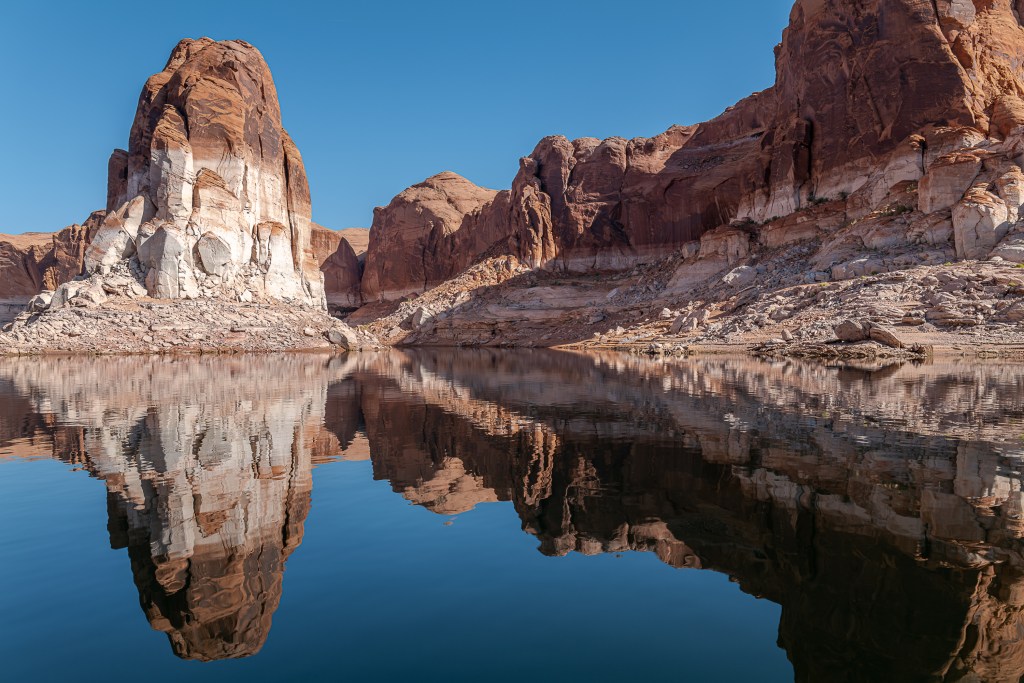
The channel was calm, the water flat. The bathtub ring bleaching the Navajo sandstone was an indicator of the damage done over the past 60 years’ submersion, but weirdly was also a clear and somehow satisfying measuring stick for how far the lake had dropped.
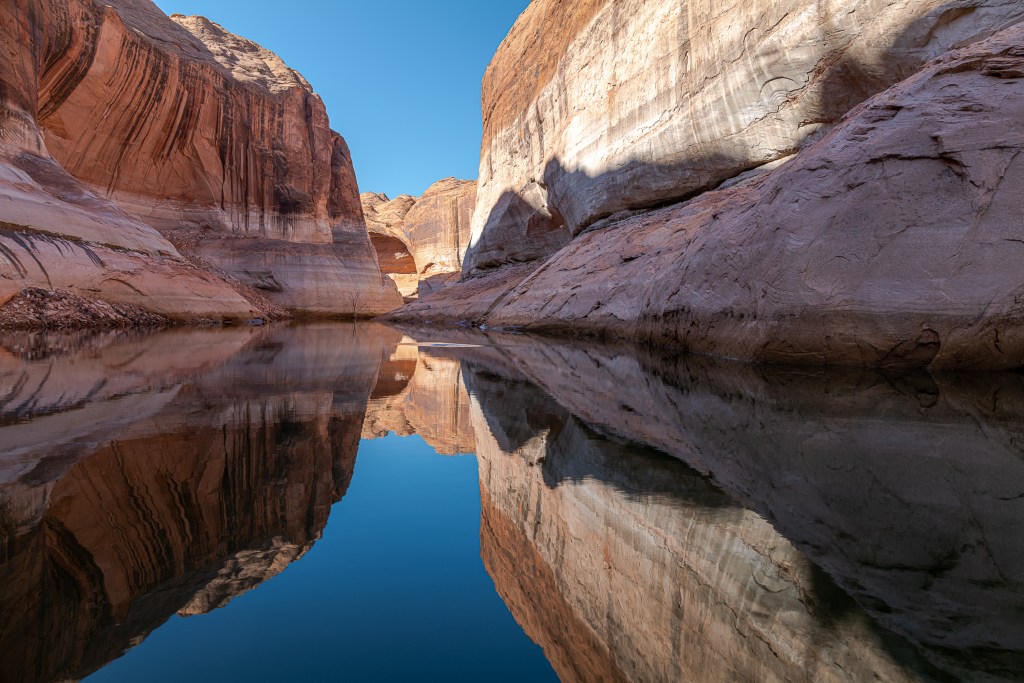
At last we began to get to the final channel, the boat engine so quiet it barely cleared its throat, Anna and our friends Brian and Julie silent other than the noise of us jostling slightly to get pictures.
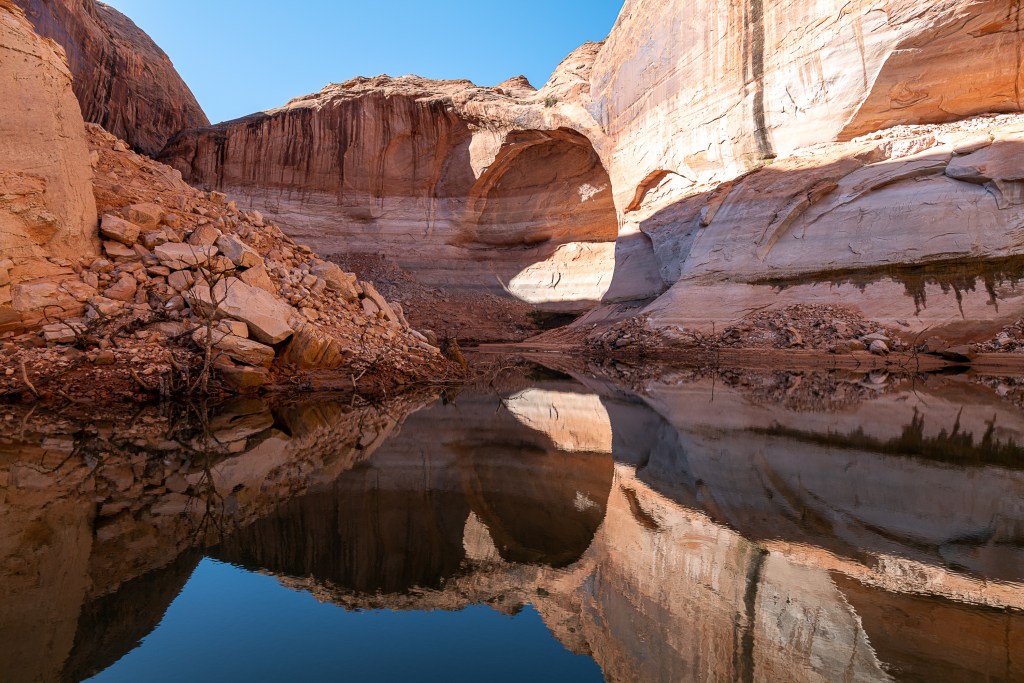
I think I must have been smiling as the boat came to where we would be let out. This felt like something out of an adventure movie, but also, on a spiritual plane, like… approaching the Godhead. I can’t really describe it — all I can write is I’ve never felt anticipation quite this marvelous. We got out of the boat and began walking on soft sand — silt from the river that had been washed through, over the course of the summer of 2021, as the monsoon rains led to a series of flash floods. And then, there it was, the Cathedral in the Desert.
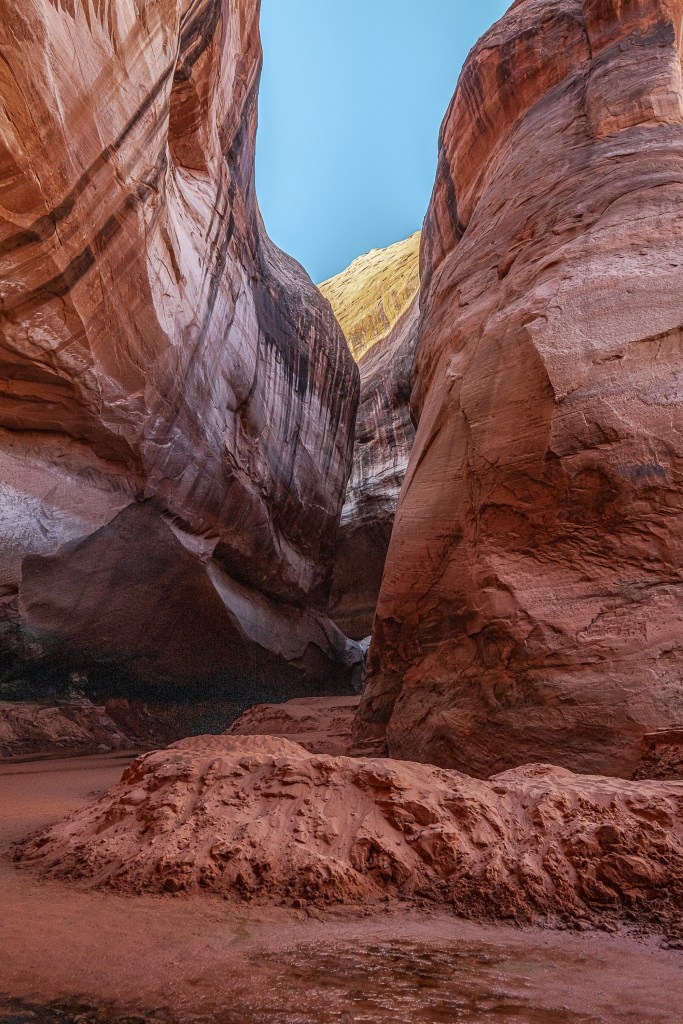
I would come to learn that even in June, when a photographer accompanied Elizabeth Kolbert of the New Yorker, who wrote a piece on Glen Canyon that prominently featured a trip to Cathedral in the Desert, this entrance was underwater. In fact, Eric Balkan of the Glen Canyon Institute, who happened to be there the same day as us, later told me that this portion of the entrance to CitD was water-free likely for the first time since the 1960s.
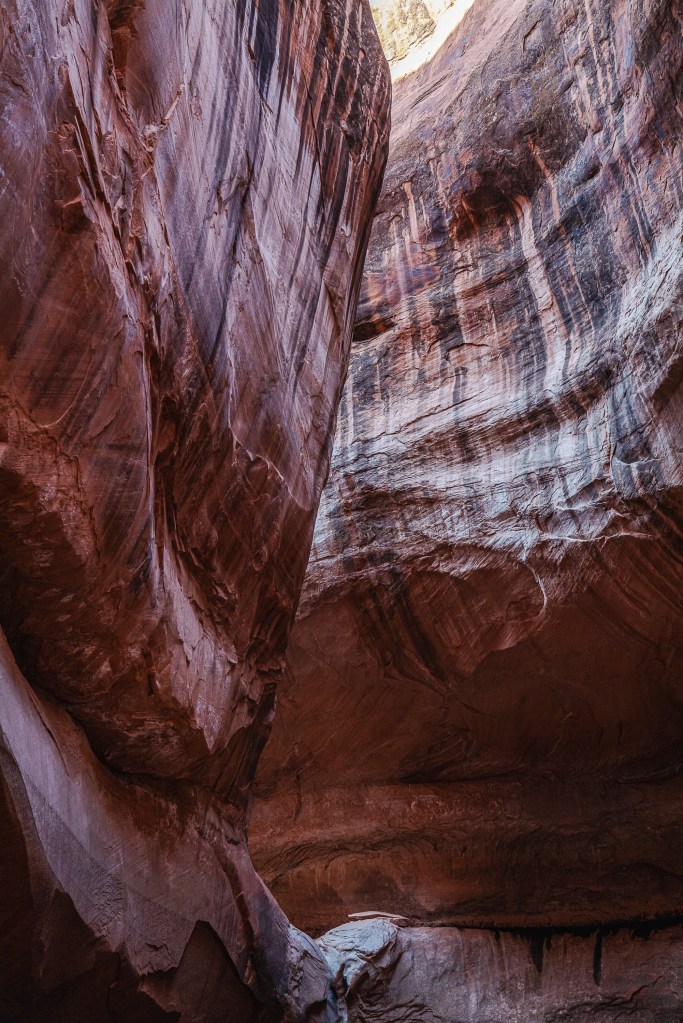
As I walked in, I could hear the sweet tinkling sound of water coming down from a waterfall deep in the cavern. This was a relief because somehow in my mind I calculated that if the water level was low enough for us to get here, surely the waterfall wouldn’t be running. I’d actually been preparing myself for weeks to not be disappointed if that were the case. Happily, I was wrong! While others walked on the floor toward the pool, I ran up on the high pile of silt to get a vantage point on the waterfall I had seen only in pictures, though I had spent hours thinking about it in the intervening years.
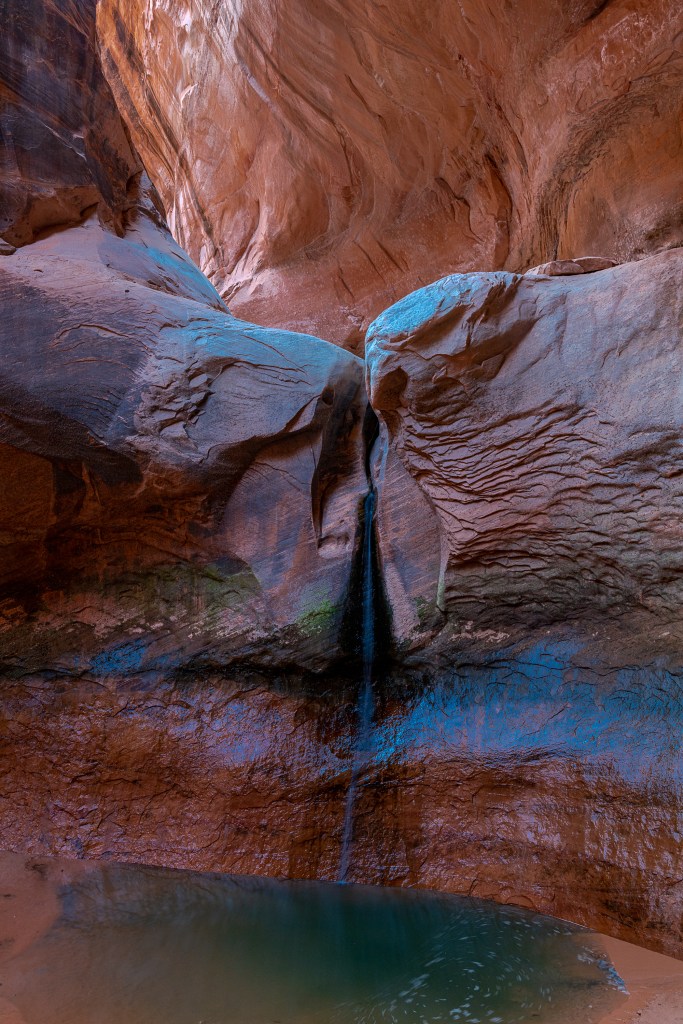
And so there it was, the heart of the Cathedral, a thin flow of water falling to a pool below. It was like peering at Mother Nature in the midst of her ablutions, and I was giddy, and honestly stunned. It was, I thought, the most beautiful, meaningful evocation of nature’s transcendence. The image above is a 30-second exposure; for me, it may as well have been exposed for all eternity. Even without the image I would never forget this moment; it is exposed directly on my brain.
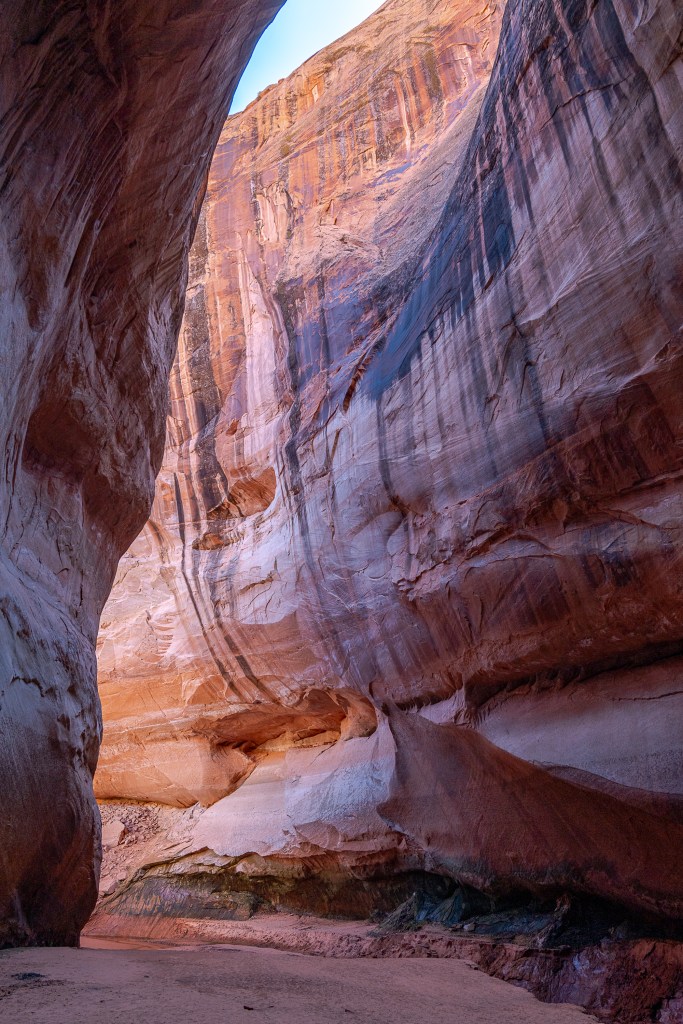
Looking backward I could see how massive the entrance was. Again, this entrance has not been this dry since the Beatles and Stones vied for AM radio dominance.
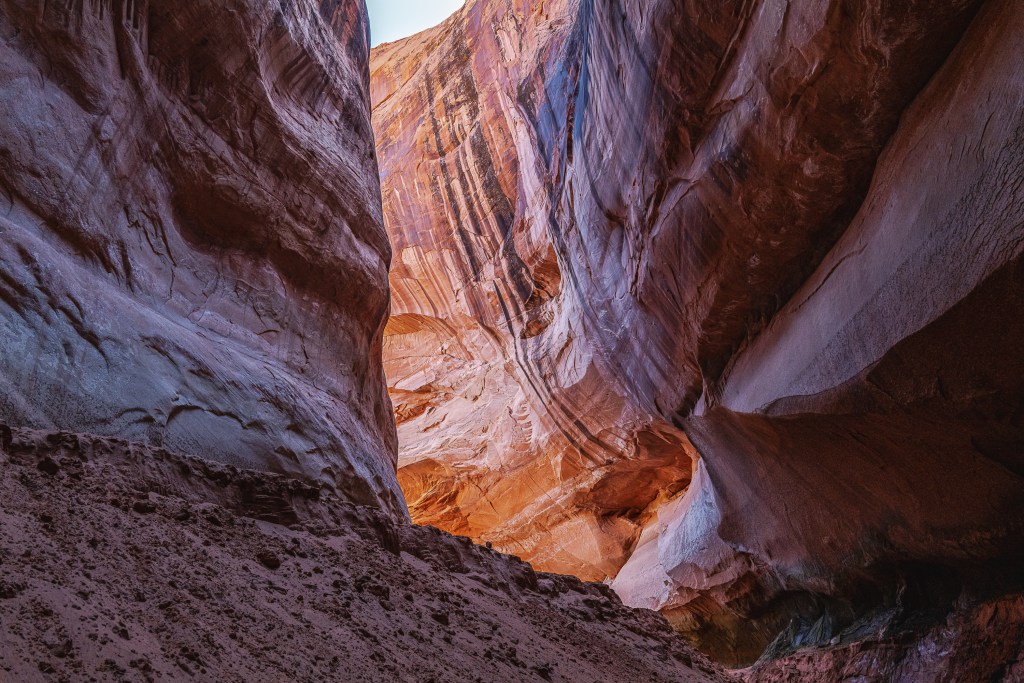
The sand to the left had been deposited, I was told, sometime earlier this summer when a flash flood came through.
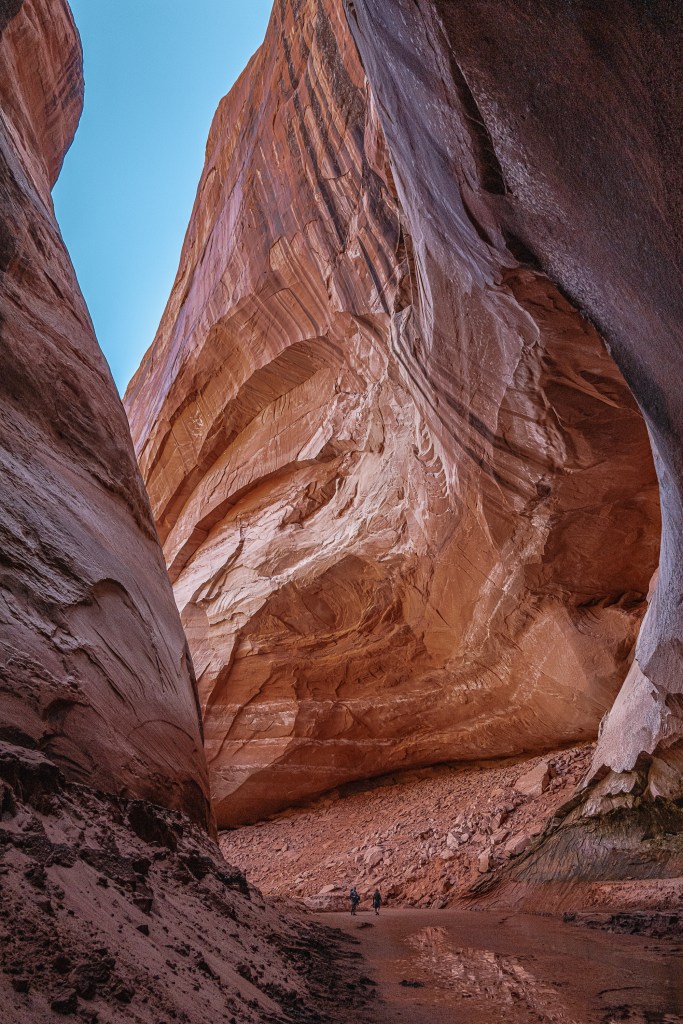
For perspective, see the two small figures at the entrance? This cathedral has St. Peter’s dimensions.

I repeat the first image in this story here to reflect what it looked like going down into the bottom reaches of the Cathedral. The waterfall continued to drip, and by now there were others who had joined us from a boat that must have come in just behind us.
Chapter Two: The Family Bounous
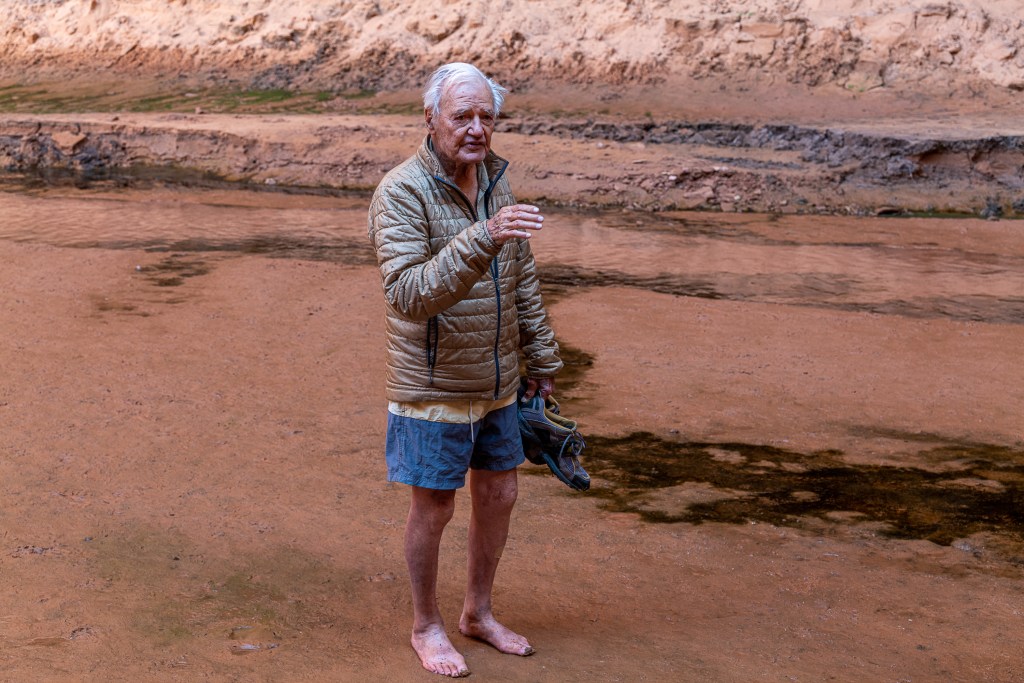
The party that had joined us was the family of Junior Bounous, a 96-year old Utah skiing legend who had, at various times, owned the precursor to Sundance, and been the operator of the ski school at Snowbird, just up Cottonwood Canyon next to Alta. He is in the National Skiing Hall of Fame, listed as “A Pioneer in the American Ski Industry.” I heard him talking to my wife and our friends and got there in time to hear him tell how he’d been here before it was flooded. He showed us where there had been vegetation at the edge of the rock wall. He described the waterfall that once fell above the current waterfall. He was amazingly clear of thought and memory, and his stories of what it had once been like here were riveting.
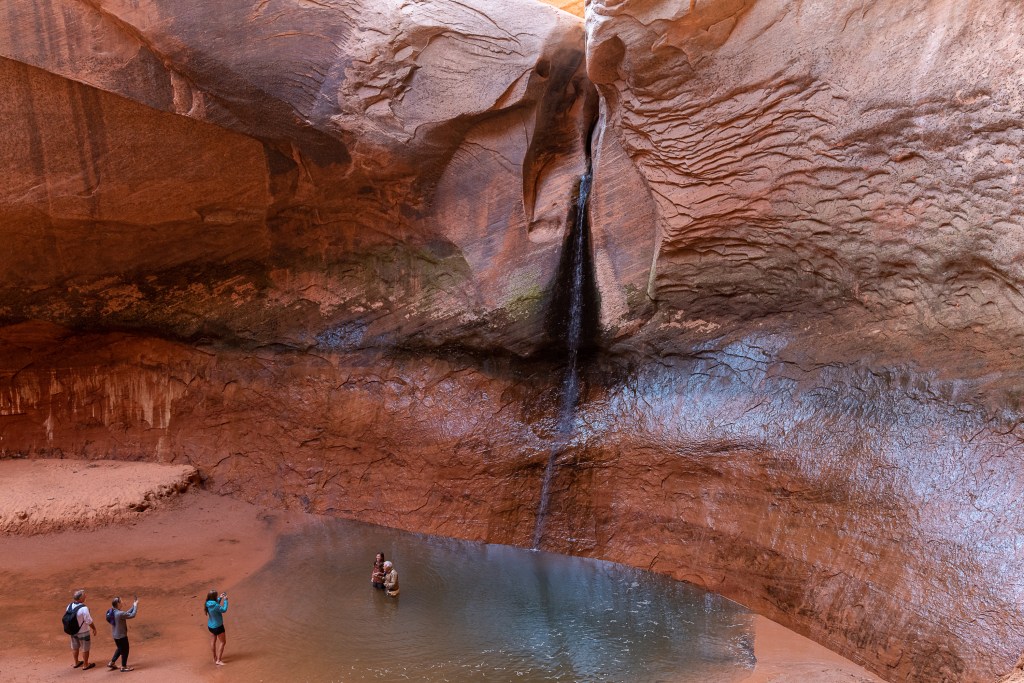
It was clearly very moving for Junior to be here with his family, who over the past few days had all been staying on a houseboat in Lake Powell. They made this journey with Junior to a place he had first taken his children, his son told me, in 1964.
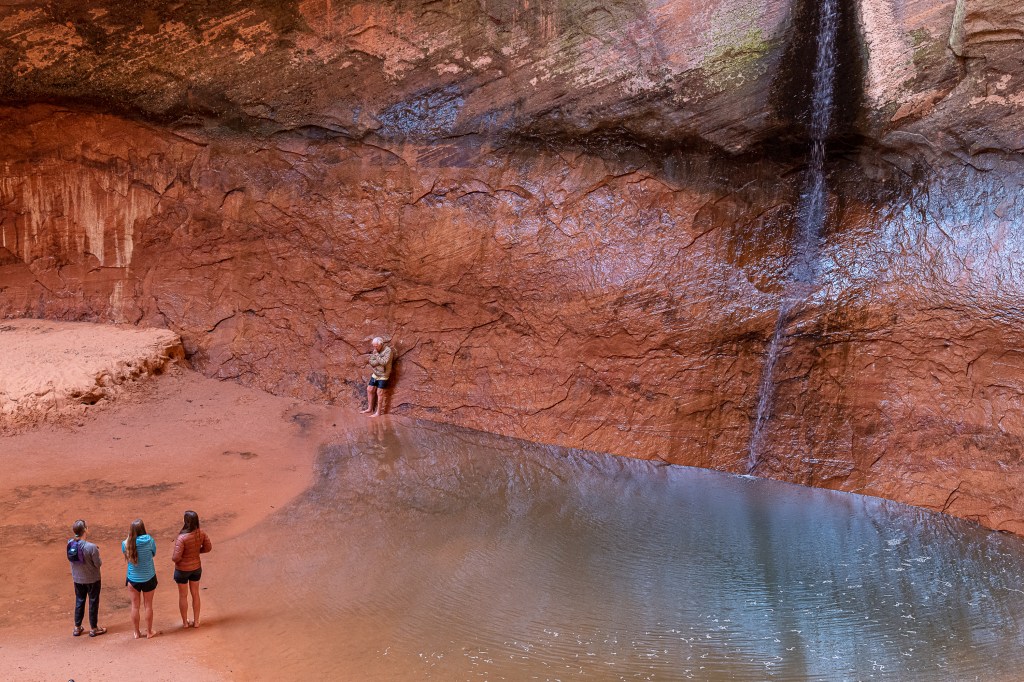
At one point his grandchildren sang “Eidelweiss” from the Sound of Music, and it was gorgeous. The acoustics of the great domed cathedral brought their harmonies to every corner. Junior, whose wife died just this past year, was overcome by the performance, the setting, the moment.
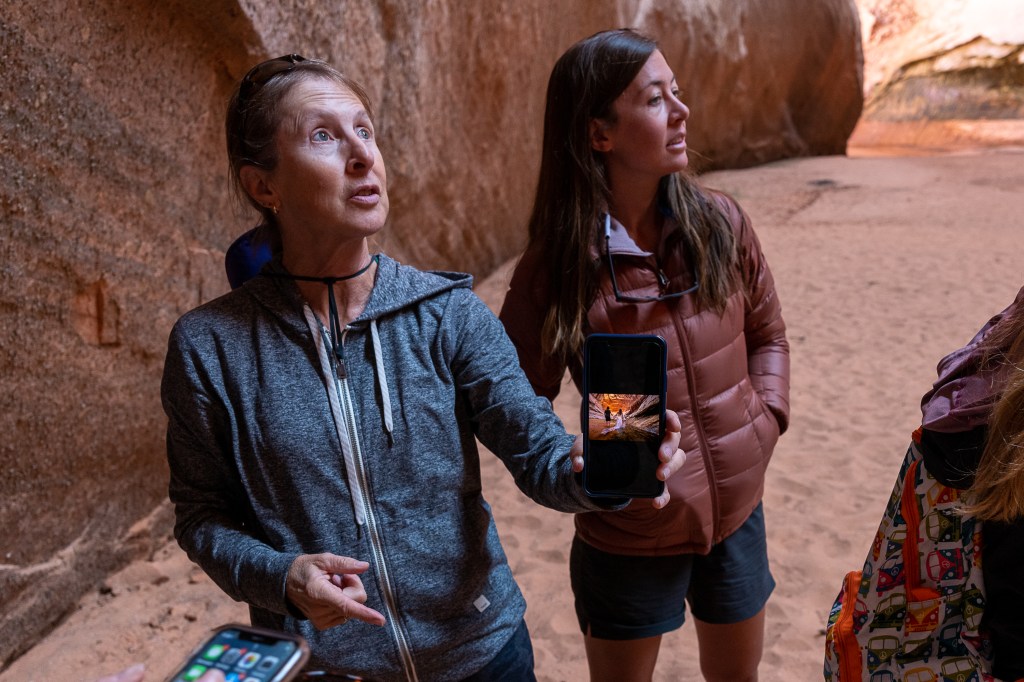
His daughter-in-law, I believe, showed us how just a year earlier her daughter beside her had been married, not quite where we were, but one level up above the waterfall. “The water has fallen 60 feet in the last year,” Junior’s son Steve told me. I believe this was the first time that Junior’s grandchildren had been on this level of the cathedral.
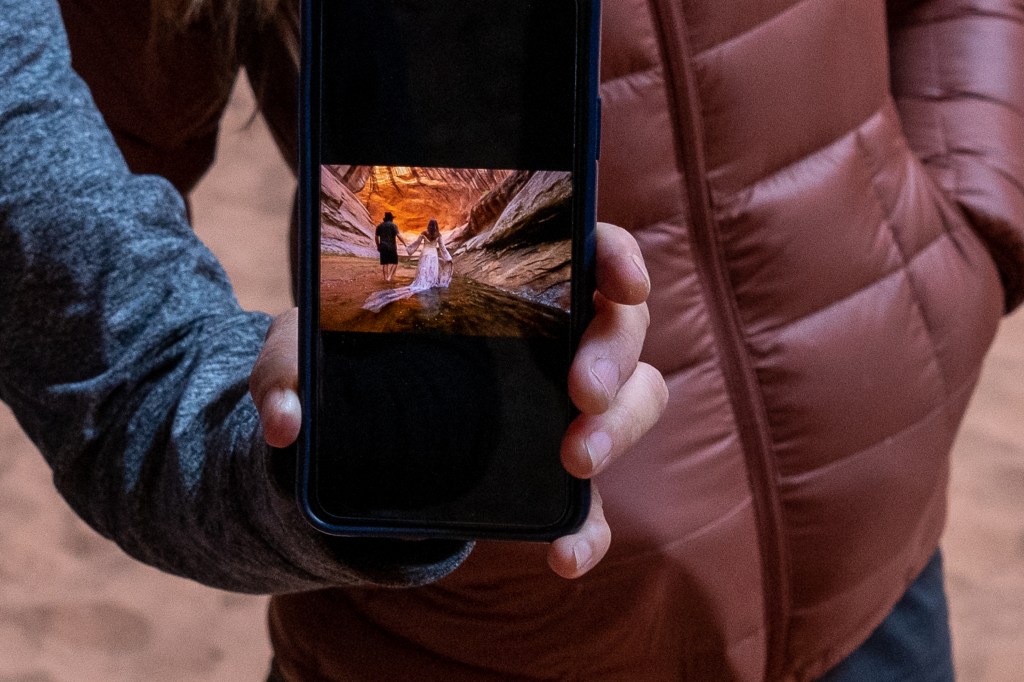
All of us eventually turned toward the entrance and began to make our way back to our boats. But before we did, our new friend Melanie read us a beautiful Ute prayer, and burned sage to commemorate our being here. It was a lovely moment, not a time to take pictures. However, seeing Junior Bounous serenaded by his grandchildren was equally meaningful. We left feeling purified, released, feeling like one does after a good cry.
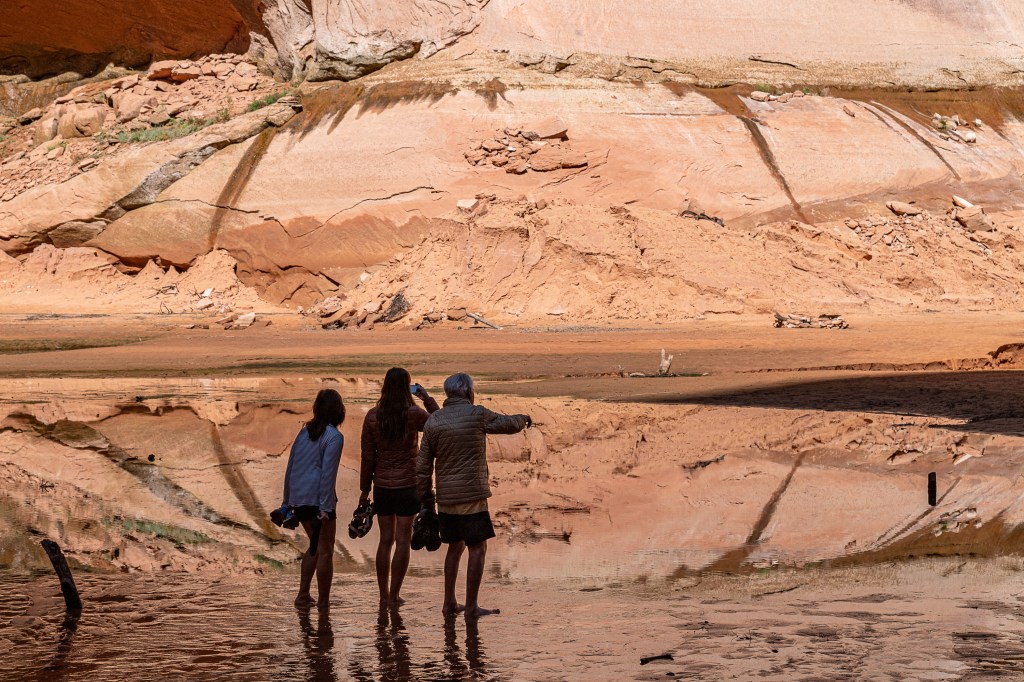
One of my happiest memories of the journey there was seeing Junior walk out of the Cathedral with his granddaughters. He and I talked for a few minutes about skiing in Utah and Jackson Hole, where I live now, and I asked him if he knew Pepi Stiegler, his contemporary Western skiing innovator, and the founder of the Jackson Hole Ski School. His face lit up as he told me about visiting Pepi, likely for the final time. It was really an honor to spend time in his presence, especially here.

By now we heard the voices of children, and looking up saw that two boats had already arrived with kids under the age of 10. We were fortunate to have been there, first by ourselves, and then with the Bounous family. Boats were coming in and it was time to leave. There is, of course, the natural desire to protect Cathedral in the Desert from being overrun by boatloads of kids, but the impulse is superseded by the belief that the more people are aware of the glories of Glen Canyon, the more likely it will be that people will accept the inevitable: the gradual diminution of Lake Powell, and the ability for Glen Canyon to be reborn.
Chapter Three: Davis Gulch, LaGorce Arch and the Return of Glen Canyon.
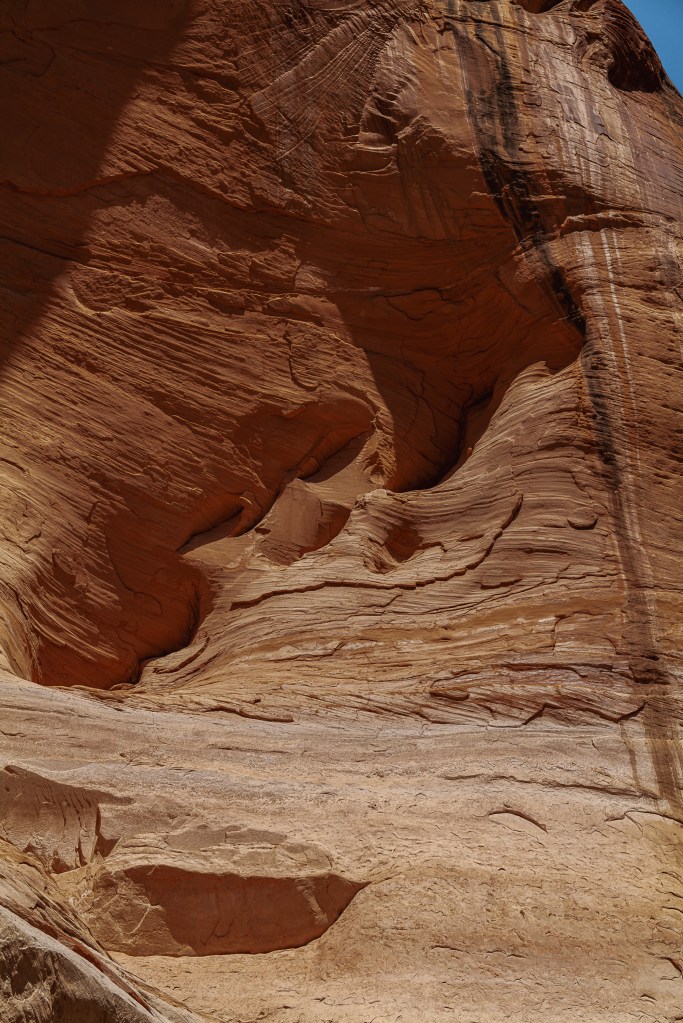
We had time for one more stop before heading back to Bullfrog, so our captain steered us up the Escalante toward Davis Gulch. After being within the twisting Cathedral in the Desert, Nature’s sculpting of the sandstone seemed, more and more, like Abstract art. Even as we tried committing to memory every moment of having been in Cathedral in the Desert, we were curious what more could be seen in a revived Glen Canyon, and Davis Gulch, for a variety of reasons, was the perfect place to go.
To begin with, it was close. But it also has a romantic recent history. It was in Davis Gulch in the 1930s that the burros transporting young Everett Reuss, a twenty-one year old besotted by nature and solitary desert excursions, were found without their human, thus creating a persistent Redrock Country legend. And it was up Davis Gulch that an arch, or at least a window in the rock, was “discovered” by a succession of white men who gave it various names — from Moqui Arch to Roosevelt Arch, and finally LaGorce Arch, the latter being the name of the then-editor of National Geographic. After all, Gil Grosvenor, the president of the National Geographic Society, had an arch named after him. Why not an arch named for the magazine’s editor, too?
Another boat was wedged into the mud as we hopped out and walked up the stream. By now it was afternoon and though we were hungry, we didn’t stop for lunch. Within a few minutes it was apparent that we would have to walk in the stream itself if we were to get anywhere, so we took off our shoes and left them on the bank and proceeded to slosh forward.
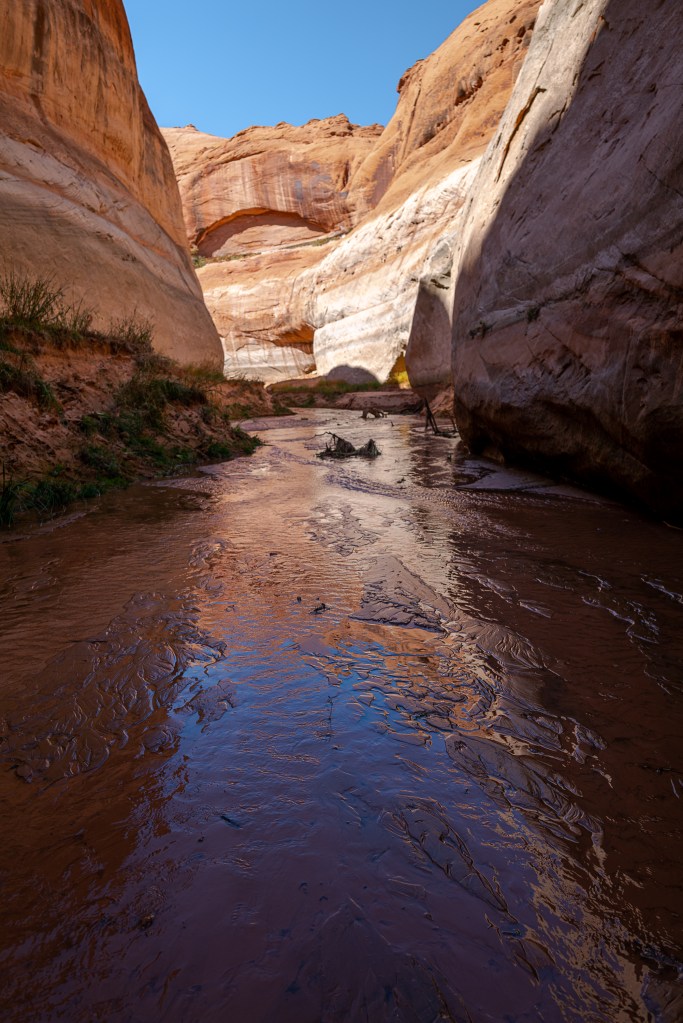
I think it was when I first “chimped” — gazing at my camera’s LCD to see how this image resolved — that I realized the above image looked like a modern descendent of the pictures Elliot Porter published in the Sierra Club-sponsored The Place No One Knew: Glen Canyon on the Colorado. Published as the water was rising in 1963, this collection of essays and images meant to capture Glen Canyon before it was too late was inadvertently telling in its title. Calling the book The Place No One Knew was, in retrospect, a transparent bit of ass covering by David Brower and the Sierra Club, following their assent to the flooding of Glen Canyon in order to protect Echo Park, a few hundred miles up the Green River branch of the Colorado. Saying, “Who knew?” with a coffee-table shrug was a way of absolving themselves of their critical error. This isn’t really to blame only Brower; JFK’s conservation-minded Interior Secretary Stewart Udall declined the opportunity to scuttle the dam. Brower genuinely did not know of Glen Canyon’s charms when he let down his guard. Publishing the Eliot Porter book may have been a way of spreading the responsibility for what happened –“Glen Canyon died in 1963 and I was partly responsible for its needless death. So were you,” he wrote in the Foreword. Notwithstanding this blame shifting to us all, he spent the rest of his life agonizing over his failure to fight for it, and continued to win other battles.
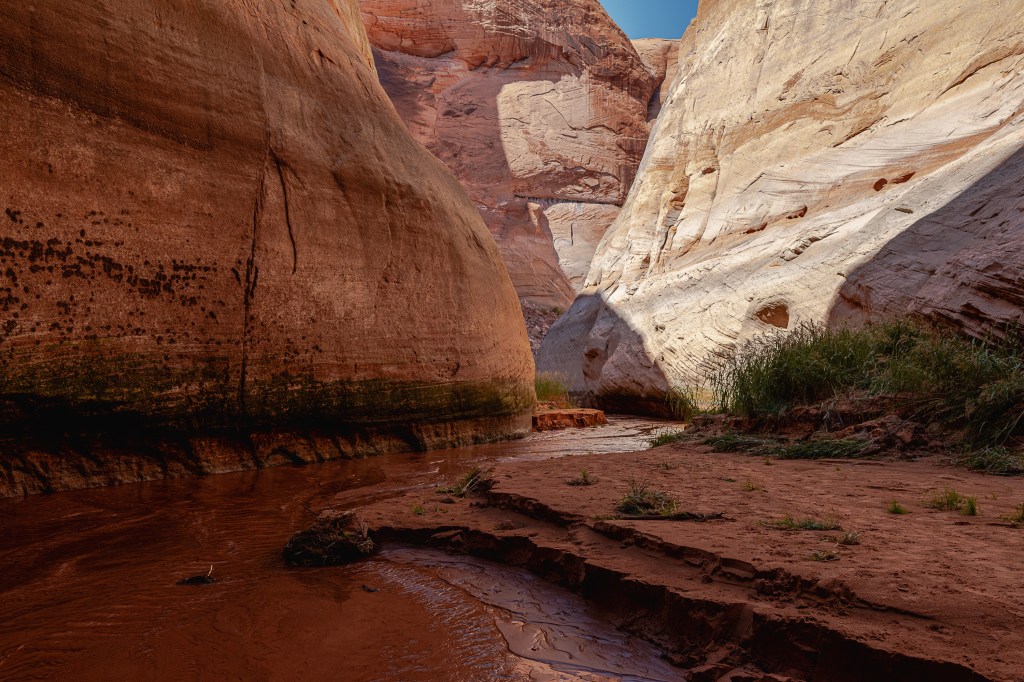
We walked up the stream in an area that only last year was still under water, and the resemblance of this gulch to what Porter captured 60 years ago gave rise to a feeling of joy. Because despite the bathtub ring visible on the sandstone, the fact that this ecosystem was so alive — there was the sound of swallows and canyon wren, there was scat from unidentified animals, the color green was, near the stream, as prevalent as the gold and red and orange rock — meant that Glen Canyon could recover, and quickly, despite the cruel trick of burying it under 300 feet of water for most of my lifetime.

The water was clear, the October Saturday was hot, and Glen Canyon was alive. We sloshed through the water, individually or in pairs, each of us in our own thoughts.
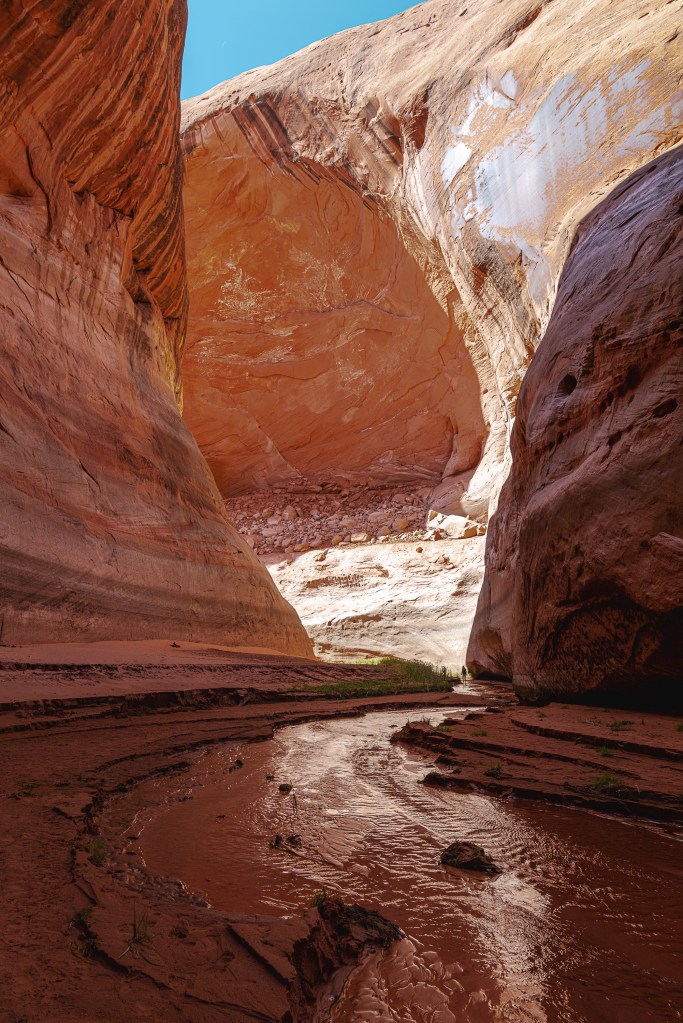
The stream twisted and turned, and at one point we came around a corner and saw a group of photographers sitting under an alcove. I said hello, but was too dazed, too much in my own thoughts to take the time to talk to them. Which is a pity since the party included writer Rebecca Solnit as well as Eric Balkan of the Glen Canyon Institute, who had told me, over the phone, how to pursue the dream of getting to Cathedral in the Desert. I learned from Eric later that the photographers were consciously trodding in Eliot Porter’s footsteps.
I saw a window carved high into the face of rock, but it seemed too small to be LaGorce Arch. A half mile or so later, however, I caught up with Anna and Julie, who were standing underneath the other side of that window, and we knew, for a certainty, that this was LaGorce Arch.
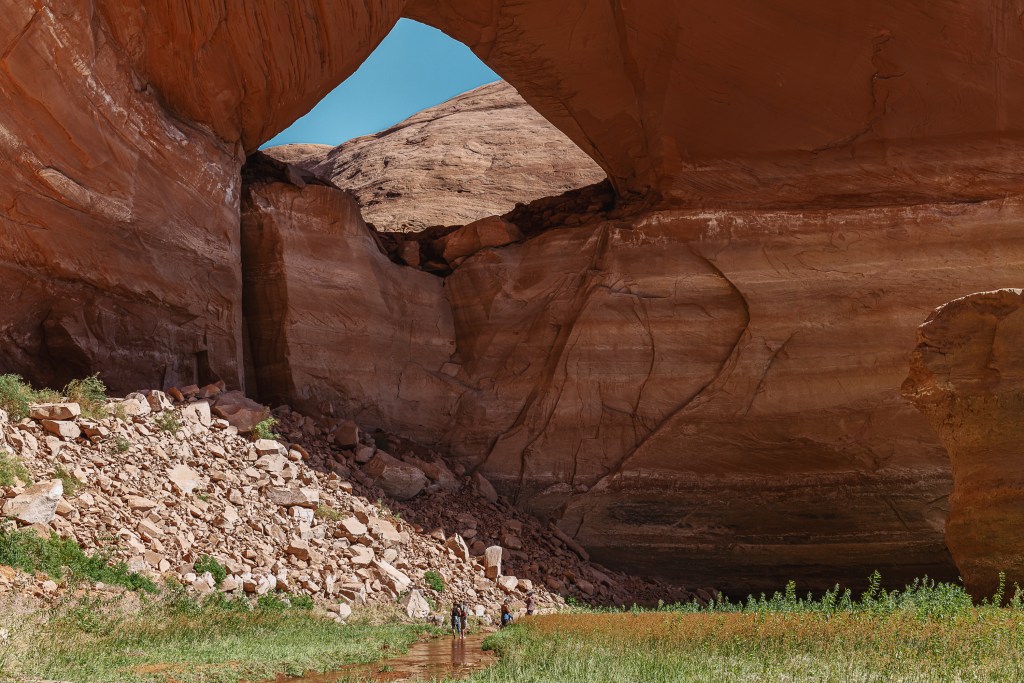
When its base was underwater, people would take their boats underneath the arch itself to swim and frolic. After hanging around here for twenty minutes, we decided to push no further, and to make our way back to the boat. What lay before us was a two-hour boat ride back to our car, and from there, the drive through the Henry Mountains, and through officially designated wilderness as far as the eye can see; then past Hanksville on the long loop to Moab, seeing the San Rafael Swell west of Green River as the sun fell and consolidated its many colors into intense pinks and blues. For now, though, there was a glorious autumn day in a living Glen Canyon.
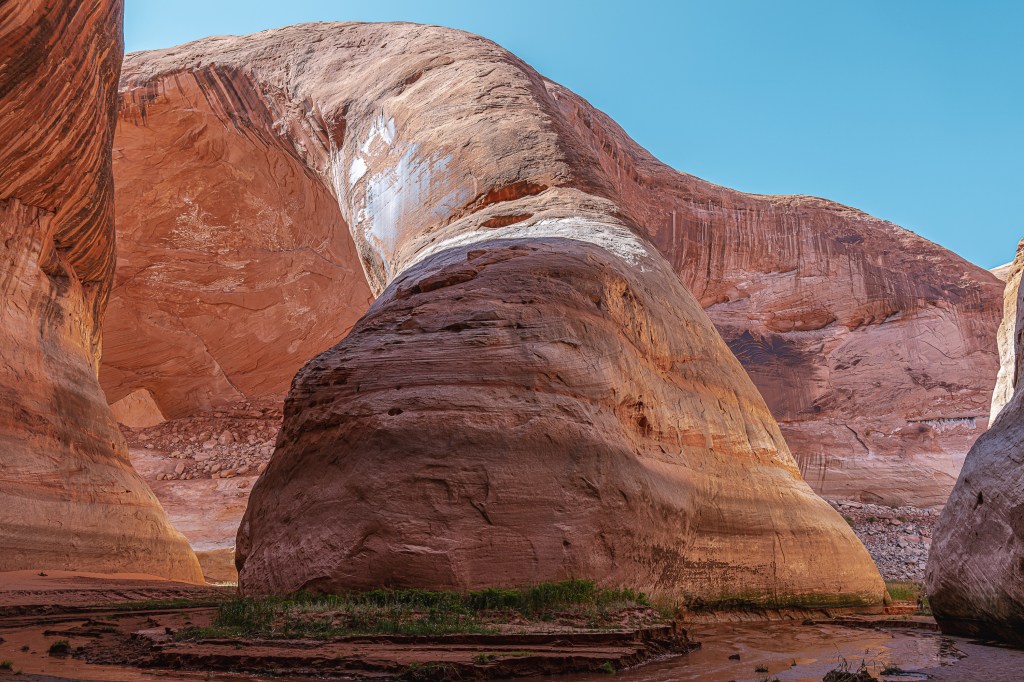
The last picture I took was of this bend in the river, which admittedly had been precisely where the photographers we’d seen were set up. If they were following Porter’s footsteps, I followed theirs. To the left is the small front window of LaGorce Arch. In the middle is almost comically gargantuan stone, falling like a flying buttress supporting a different cathedral. There before us was sky and redrock and the sound of water. There was rightness to the world. Please let it stay like this.
All images taken with the Leica SL2 and SL24-90 Vario-Elmarit lens. A gallery of these images may be found on Tulip Frenzy’s sister site, TulipFrenzyPhotography.com. ALL IMAGES MAY BE PURCHASED: email johnbuckley100@gmail.com.
John Buckley’s Instagram is @tulip_frenzy.

